It’s our first visit to Cambodia, and at first glance, the scars of the infamous (and not so long ago) Khmer Rouge genocide are far from visible. Phnom Penh, the capital and most populous city at 2 million (give or take 500k… just like actuarial estimations – ha!) is actually much more modern (video) than we anticipated. It’s busy, it’s vibrant, and there’s a huge construction boom – especially of skyscraper office, condo and hotel buildings.
But just a few decades ago it was a ghost town. Those living in urban areas were forced to work in rice fields and other agricultural and manual labor. Teachers, doctors, those knowing a foreign language, or even simply wearing glasses were exterminated. As late as 1979… exterminated. On the list of 20th-century horrors, this anti-intellectual movement ranks high.
Trying to distill exactly how and why this happened is… well, to be honest, murky and frustrating. We have encountered different stories and theories about the origins of the movement, and even more so of the progression of the movement. One guide told us that the original group was protesting the Cambodian government allowing the Viet Cong to use Cambodia as a base of operations in the Vietnam War (as we call it in the U.S.), and that it was only later that their ideology was changed and molded by Chinese and Vietnamese communists. However, most of what’s written about it paints the movement as Communist from the beginning. We know for sure that many of the eventual leaders (Pol Pot and gang) studied in France and turned to orthodox Marxism-Leninism, and were members of the French Communist Party. Another guide felt strongly that, despite the history books, the Vietnamese-influenced elements (the ‘fake Khmer Rouge’) were behind much of the genocide, avenging earlier Cambodian sins against Vietnam and with the goal of wiping out the Khmer people, and that Pol Pot, etal., didn’t order and weren’t aware of most of the atrocities. This seems a bit ‘conspiracy theorist’, but then again, we know that history is rarely black and white.
What is undisputed is that the Khmer Rouge took control of the Cambodian government in 1975, aiming to transform the country into a communist agrarian utopia. Until liberation four years later, anyone perceived as educated, wealthy or opposed to the government’s aims was tortured and killed. That, or subject to slave labor in rural camps. The Khmer Rouge’s approach was to literally “shave off” this sector of society and create a rural, classless society in which there were no rich people, no poor people, and no exploitation.
Reports of the number of lives lost vary widely as well. Over 1 million seems to be universally agreed as the floor, just under 2 million is mentioned most often, and our guide felt strongly that the number was closer to 3 million. For this small country, it was somewhere around 20-25% of the population at that time lost to murder, famine and avoidable diseases like malaria (due to the insistence on absolute self-sufficiency, even in the supply of medicine). Money was abolished, books were burned, teachers, merchants, and almost the entire intellectual elite of the country were murdered to make the agricultural communism, as Pol Pot envisioned it, a reality. The planned relocation to the countryside resulted in the complete halting of almost all economic activity: even schools and hospitals were closed, as well as banks, and even industrial and service companies. Banks were raided and all currency and records were destroyed by fire thus eliminating any claim to funds. All religion was banned. Any people seen taking part in religious rituals or services were executed.
The impact was more devastating than we can comprehend. Even aside from the destruction of physical infrastructure and loss of human lives, the aftermath of the atrocities created a psychological legacy that crippled the development of Cambodia for years.
So, during our stay, we visited the Killing Fields, and the Toul Sleng genocide museum. It was heart-wrenching, and hard to comprehend. And indescribably sad.
But we also stayed at a hotel in Phnom Penh (La Rose Suites) that recruits part of its incredibly gracious, enthusiastic and sweet staff from Pour Un Sourire d’Enfant (For a Child’s Smile), an international NGO that lifts children out of ‘misery’ and gives them a chance to acquire skills and access jobs in the hospitality industry. And in Siem Reap (next post!) we marveled at the athletic artists of Phare, a Cambodian ‘circus’ – a mini-Cirque du Soleil – in Siem Reap. We were completely transfixed, overwhelmed and humbled by this organization. The performance was amazing, but the education and social services provided to 1200 otherwise orphaned, homeless or impoverished children are truly remarkable. This is an organization started in 1994 by nine young Cambodians who learned to draw while in a refugee camp themselves. And in the city, kids come out to dance (video) every evening. There is hope in this (sometimes wretched) world…
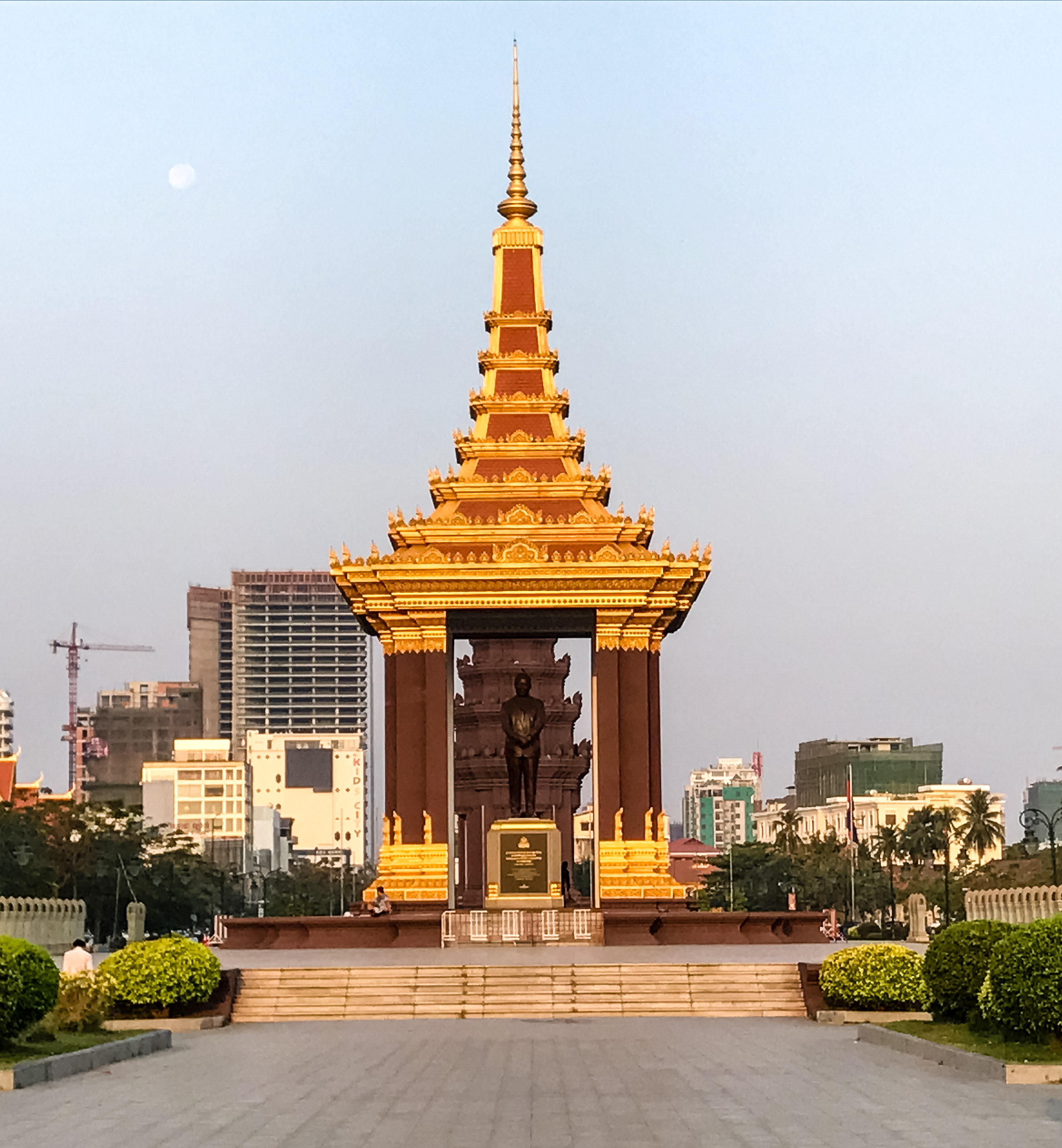
Sap and Mekong Rivers merge, Phnom Penh has been the national capital since French colonization of Cambodia, and has grown to become the nation’s center of economic and industrial activities, as well as the center of security, politics, cultural heritage, and diplomacy of Cambodia.
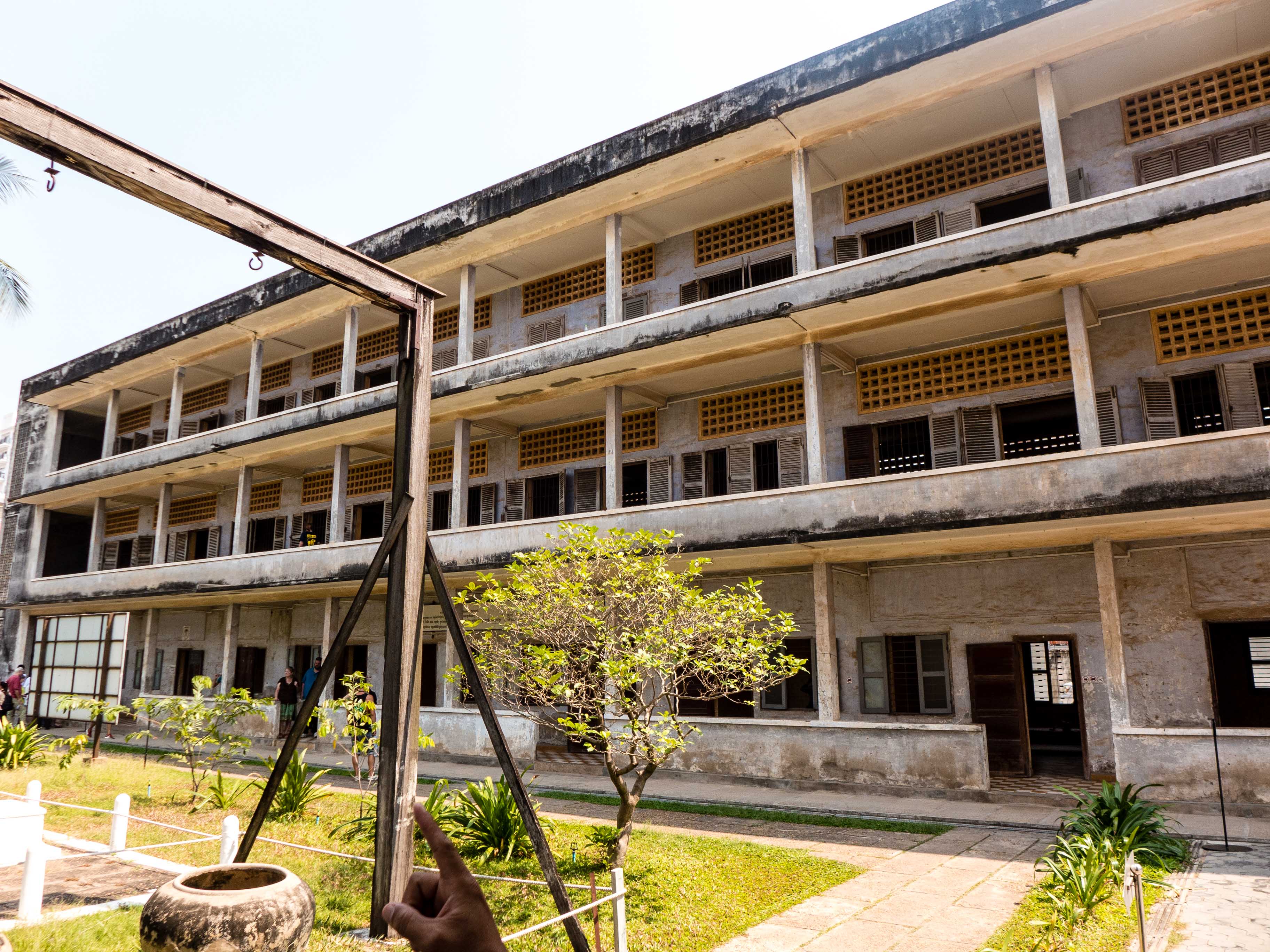
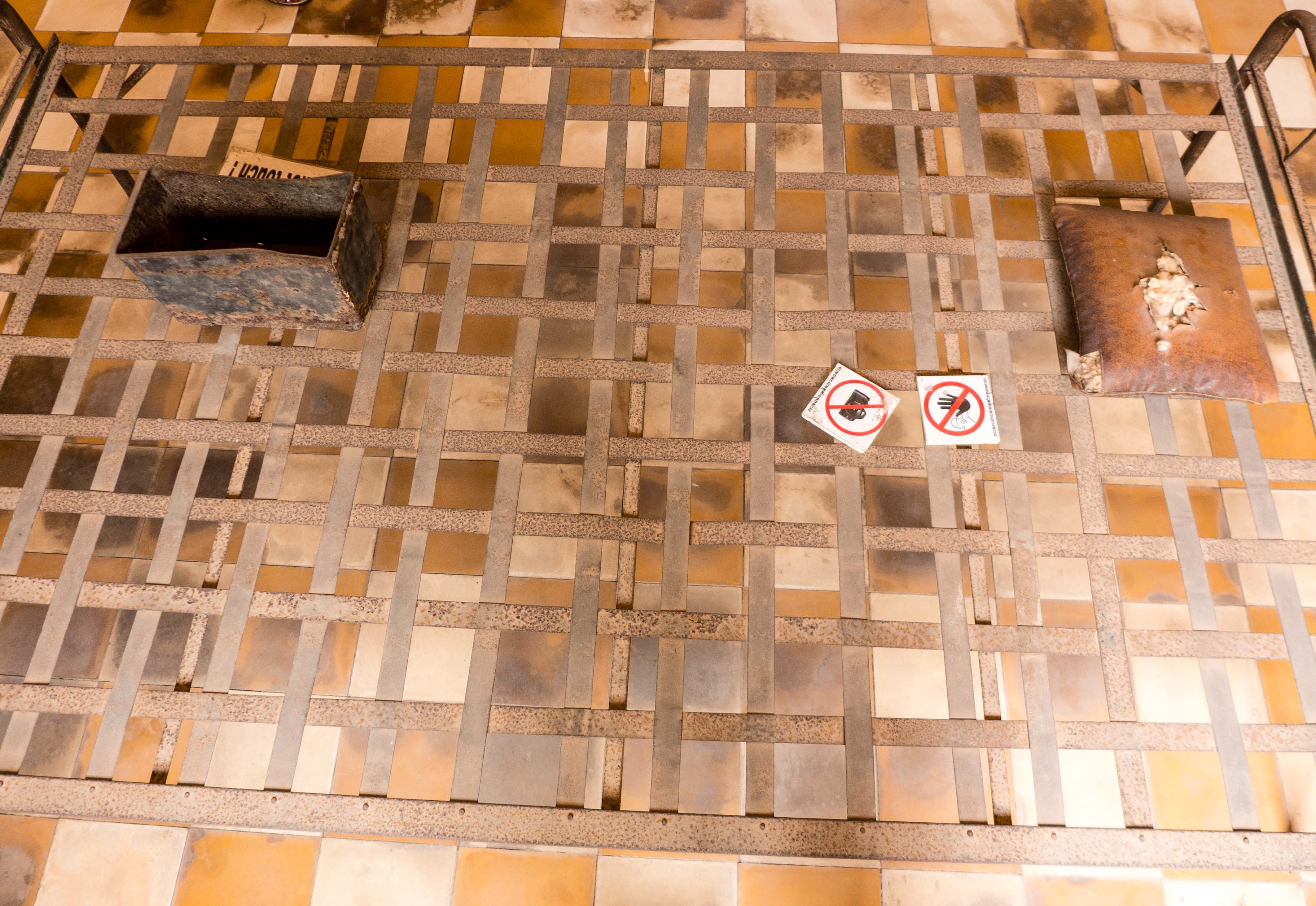
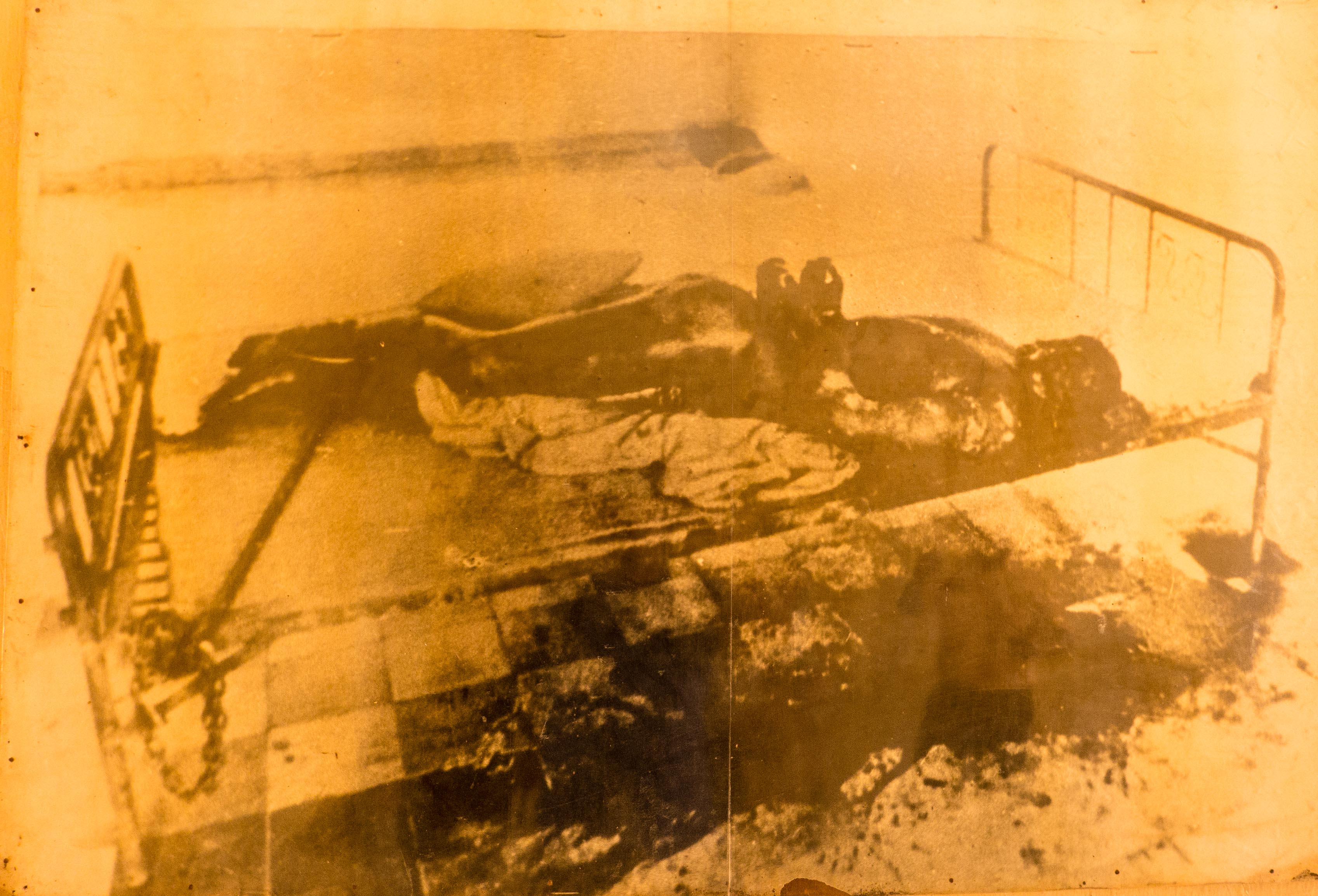
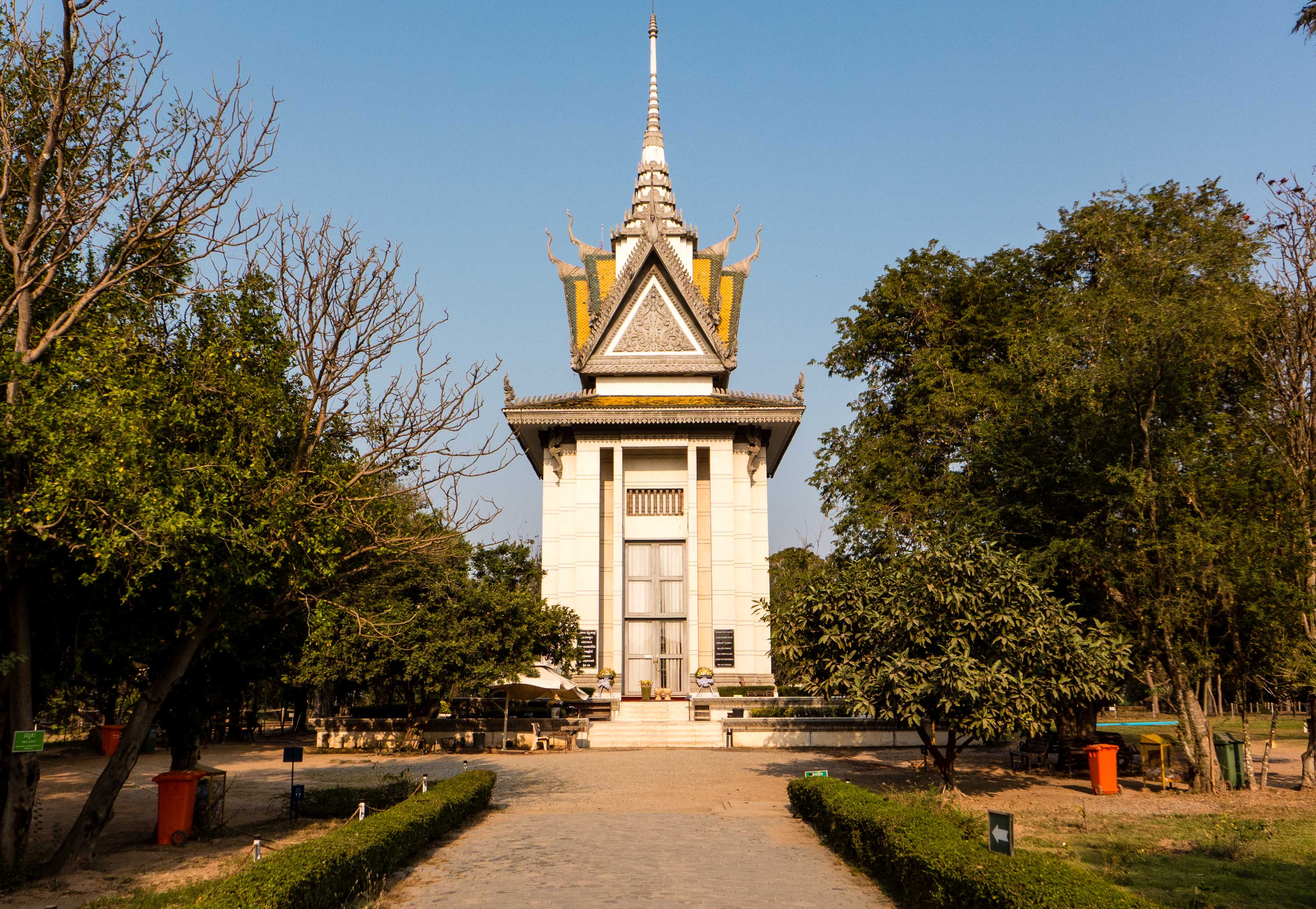
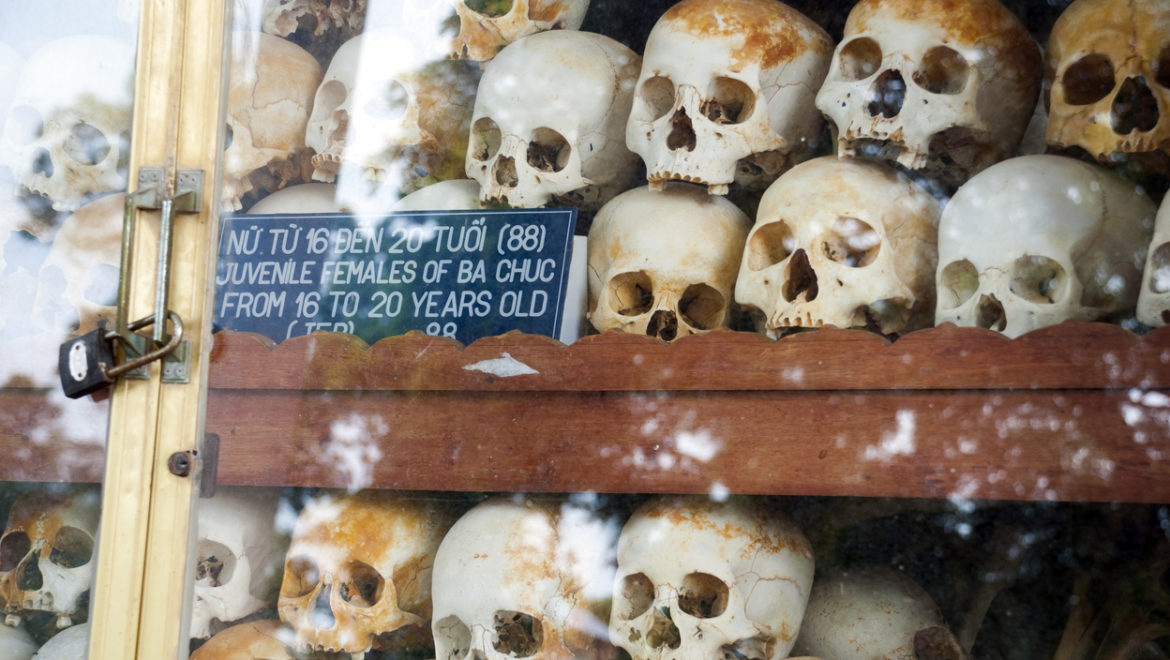
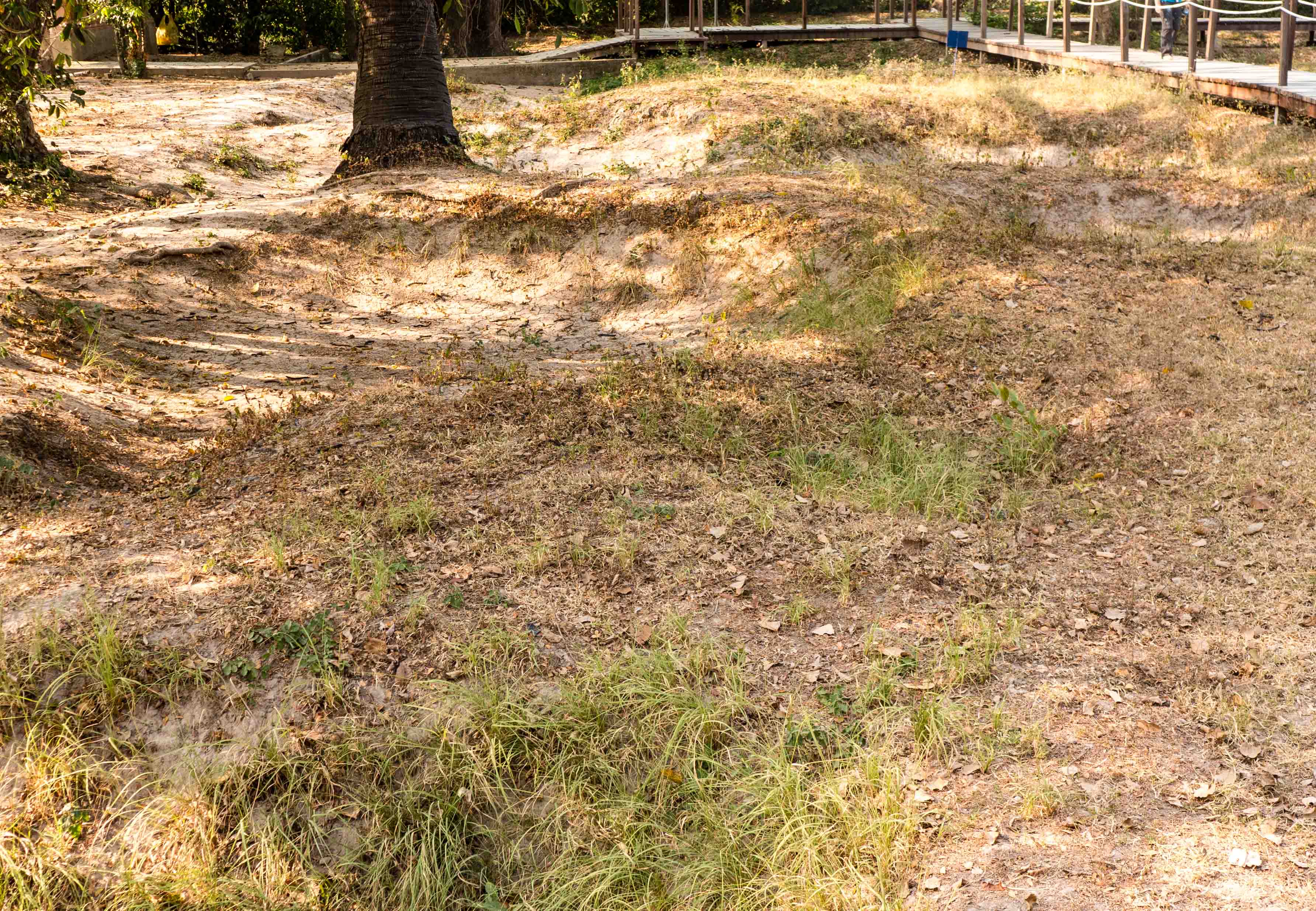
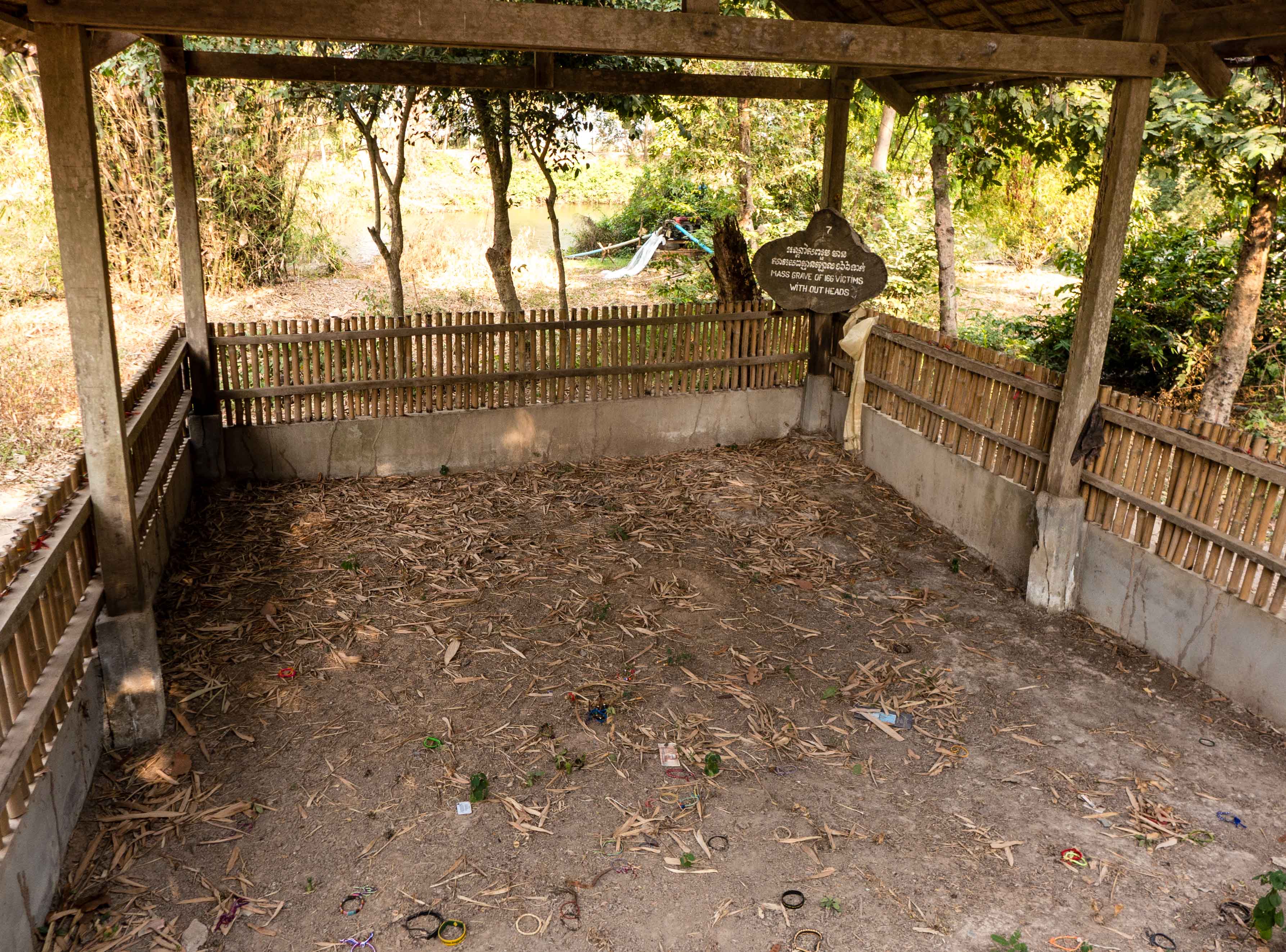
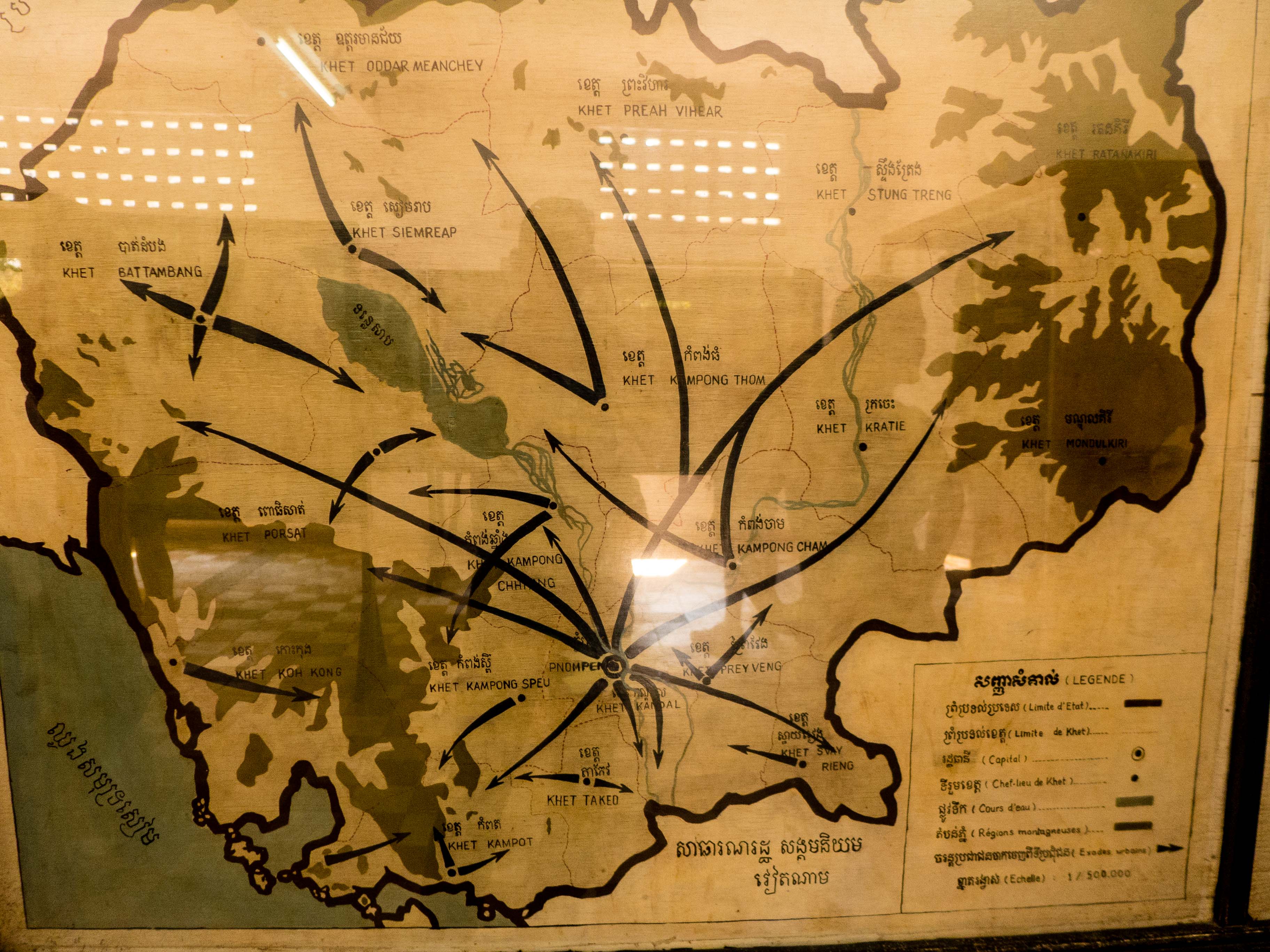
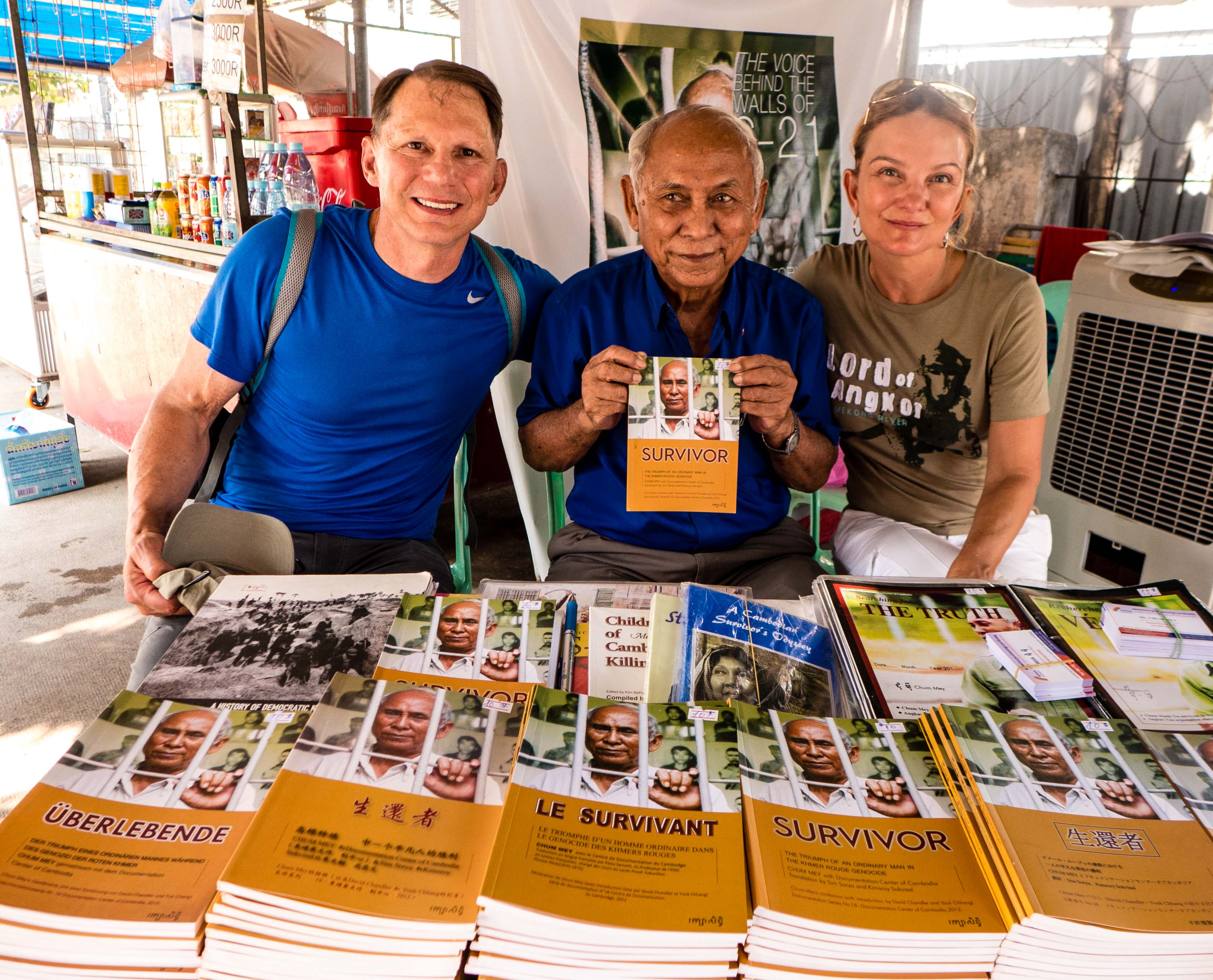
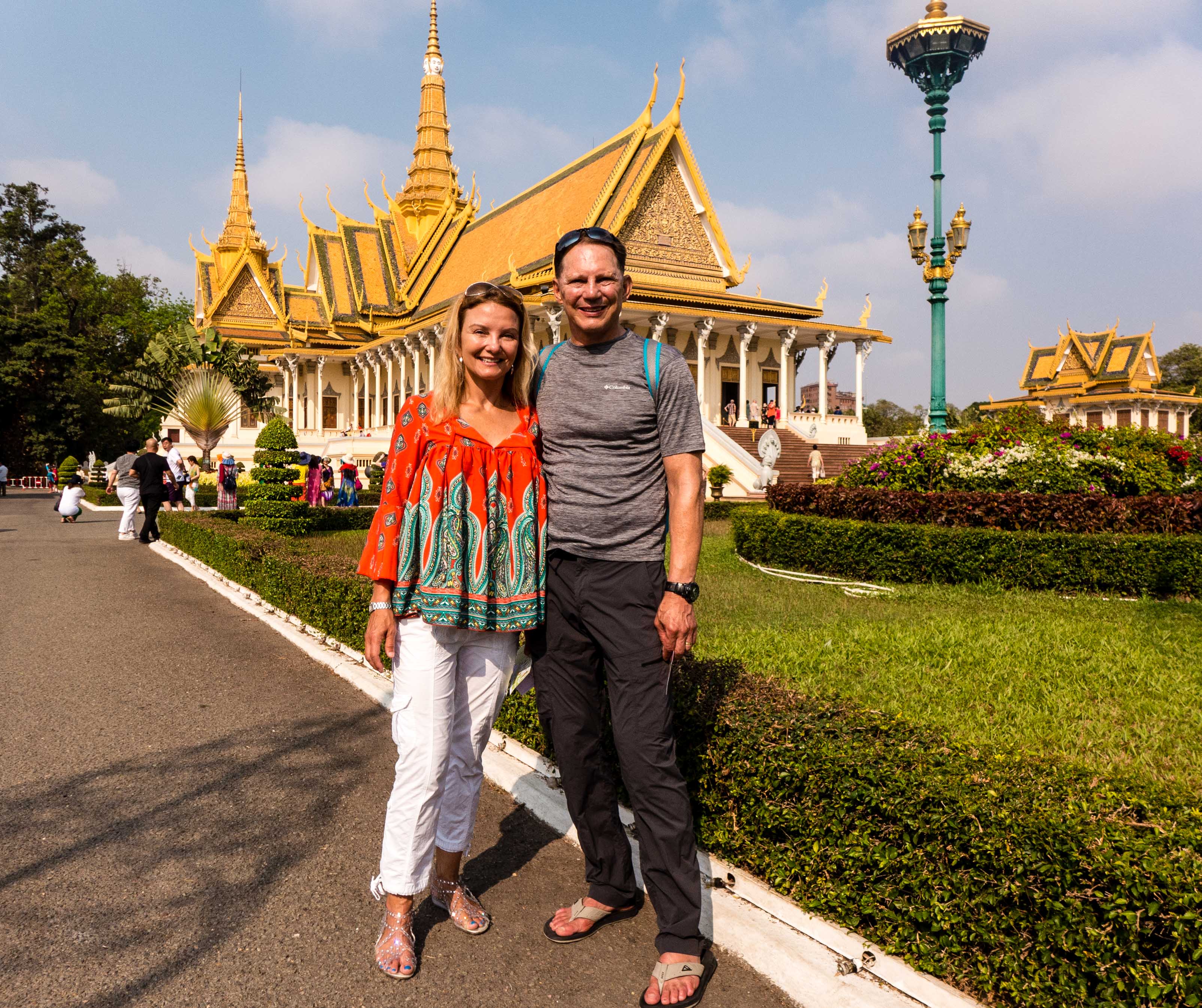
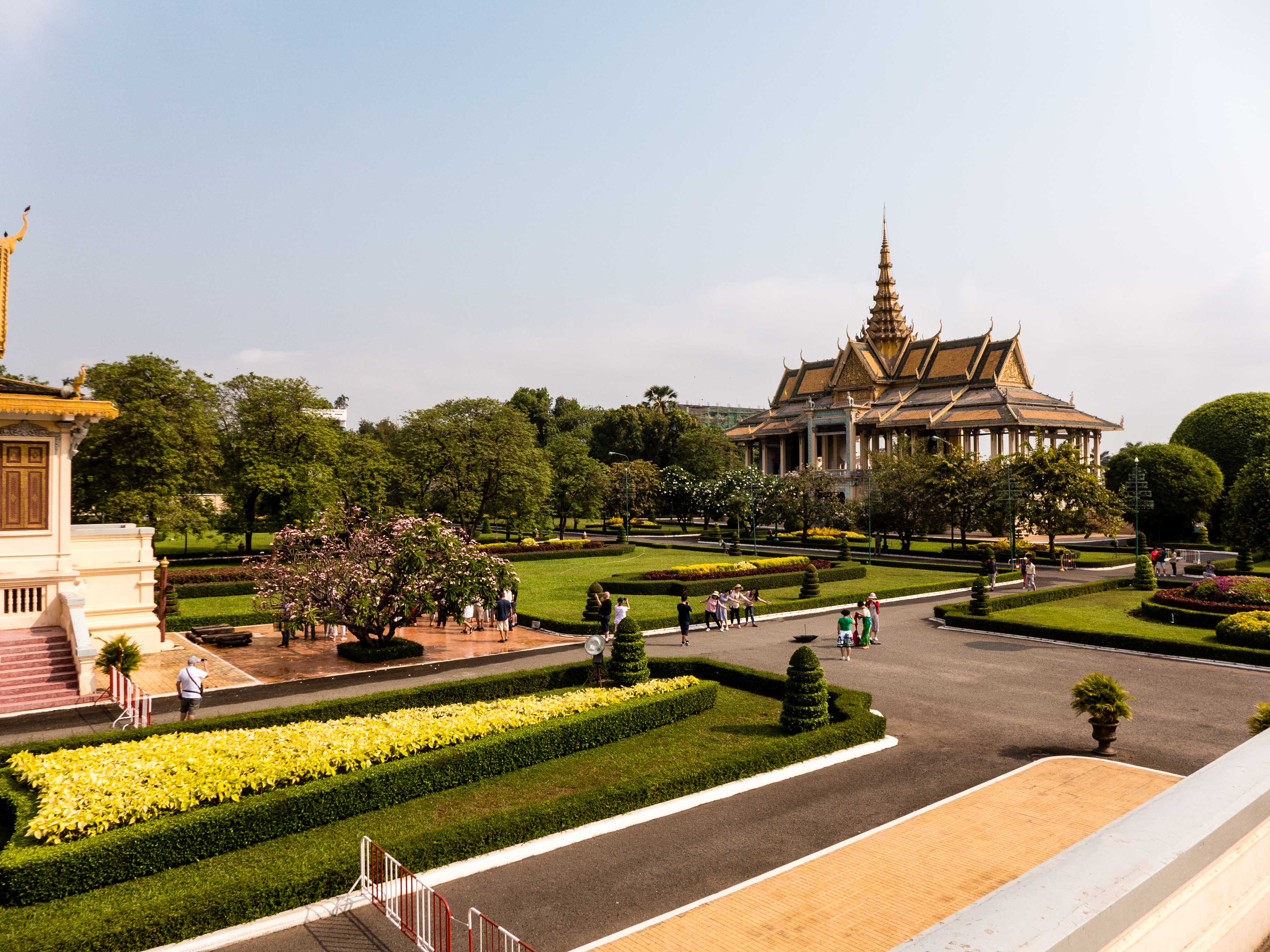
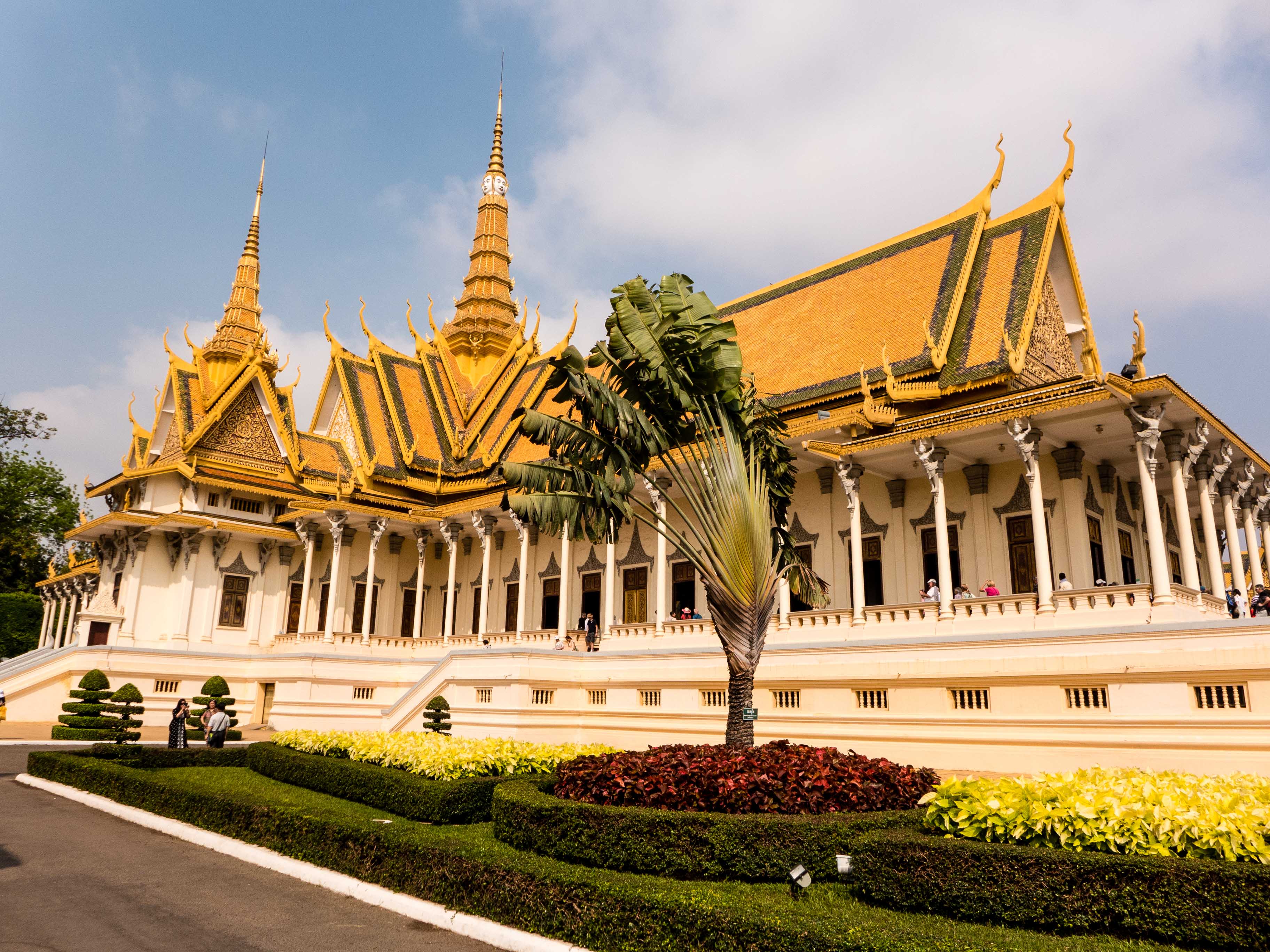
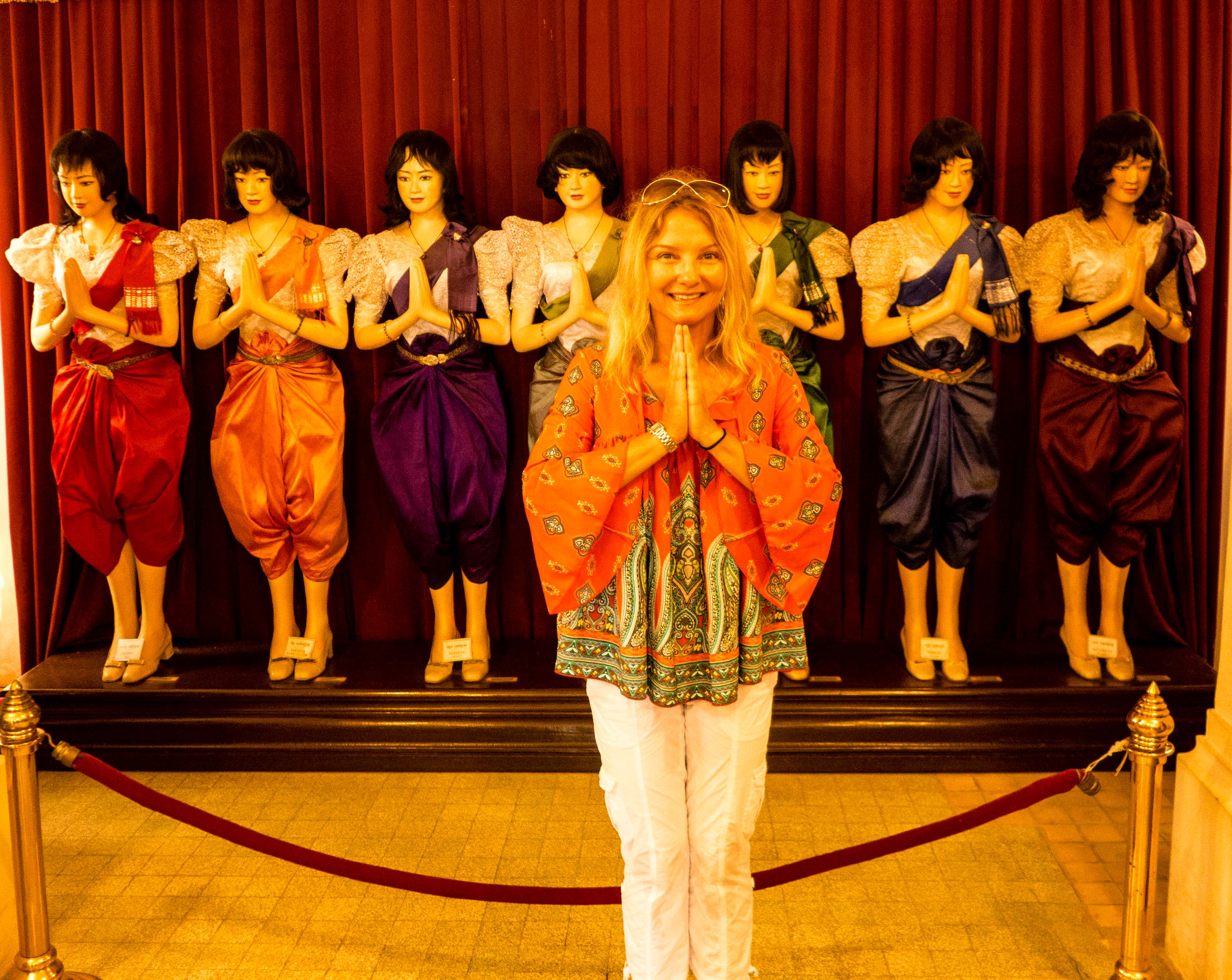
An ancient poem explains the days:
Red is for Sunday,
Orange truly looks like a beautiful moon,
Purple is reserved for Tuesday,
Wednesday is the green of the lieb plant
Thursday is the yellowish green of the leaves of a banana palm
Happy Friday is blue and must be tidy,
Saturday is the color of ripe pring (a type of plum) according to the ages.
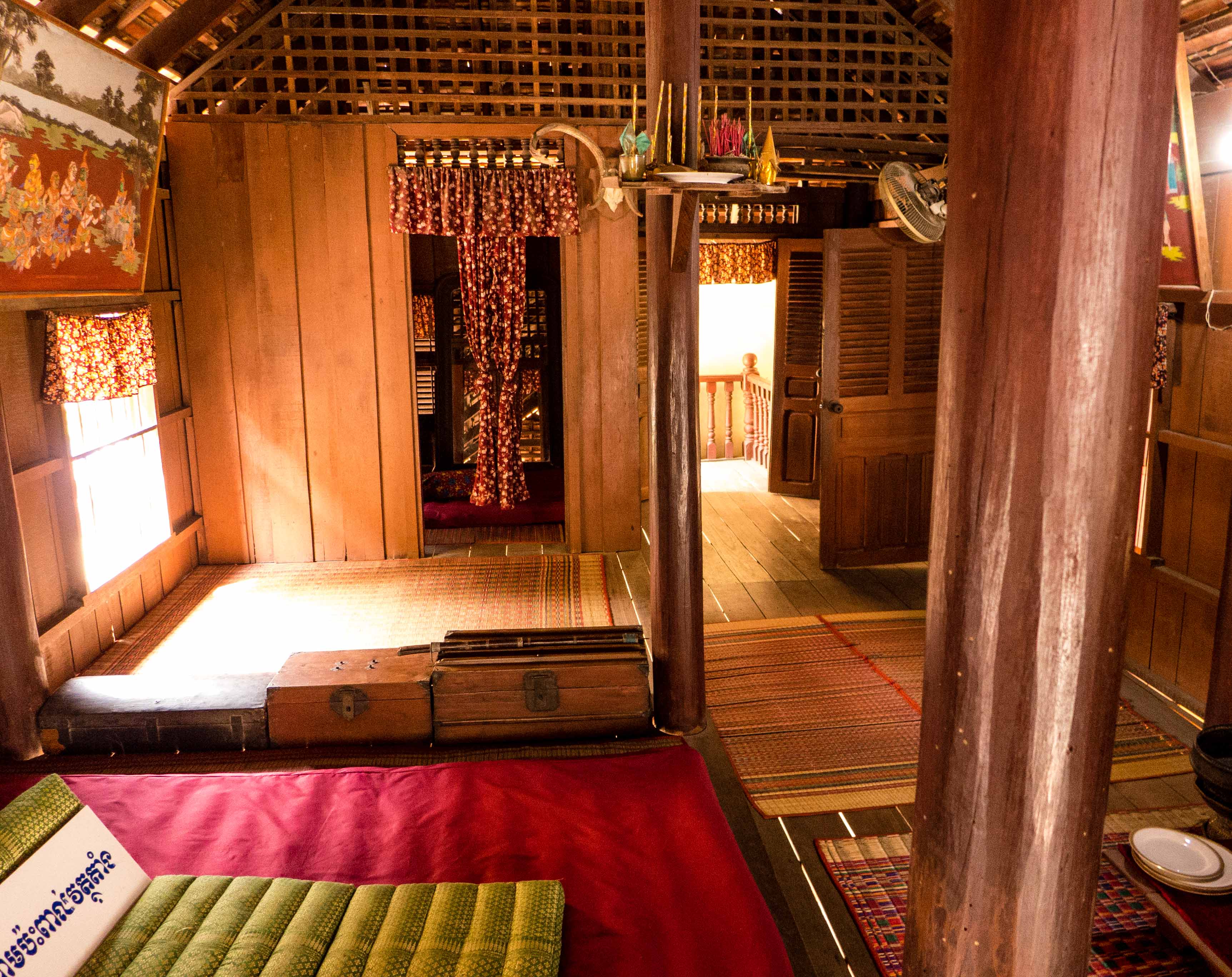
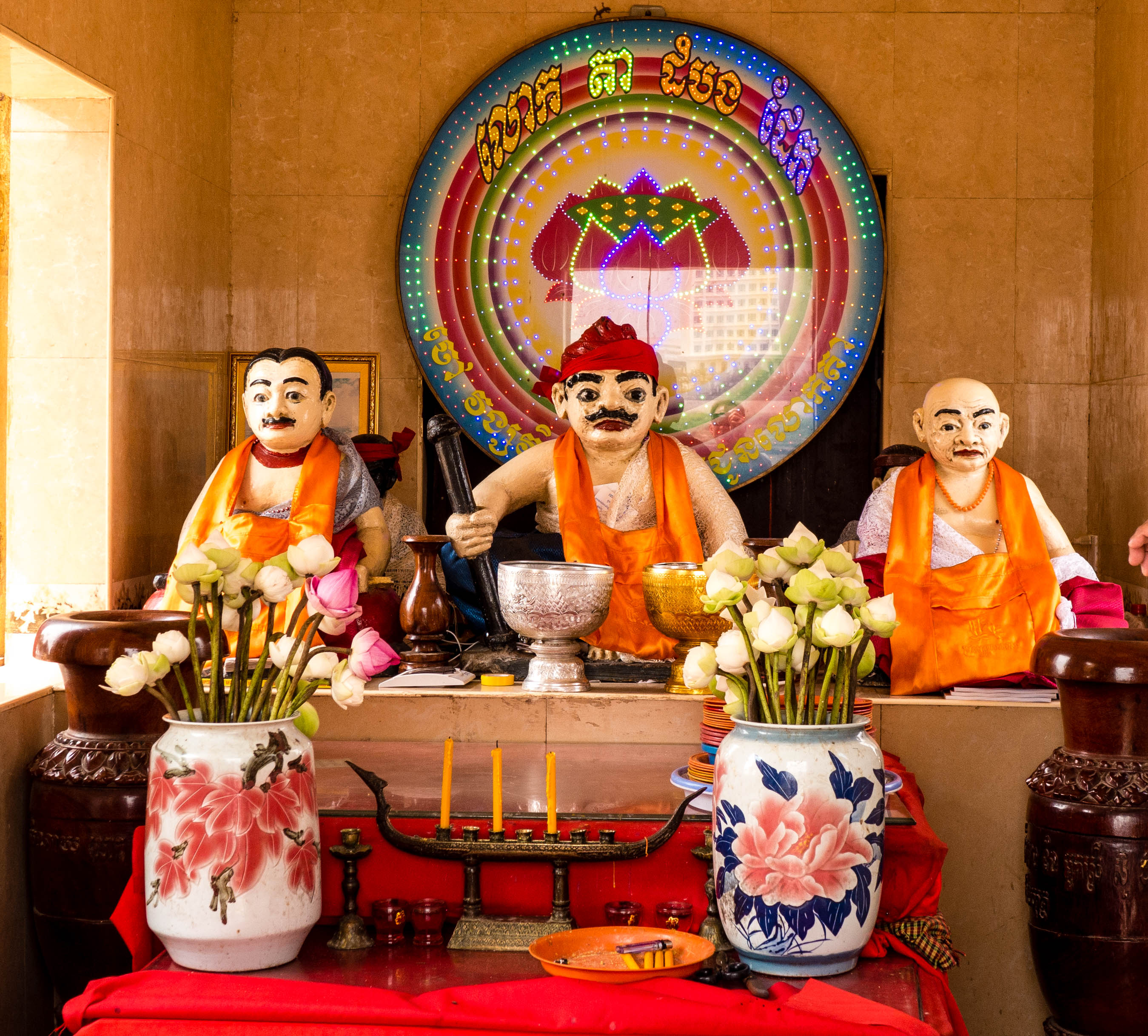
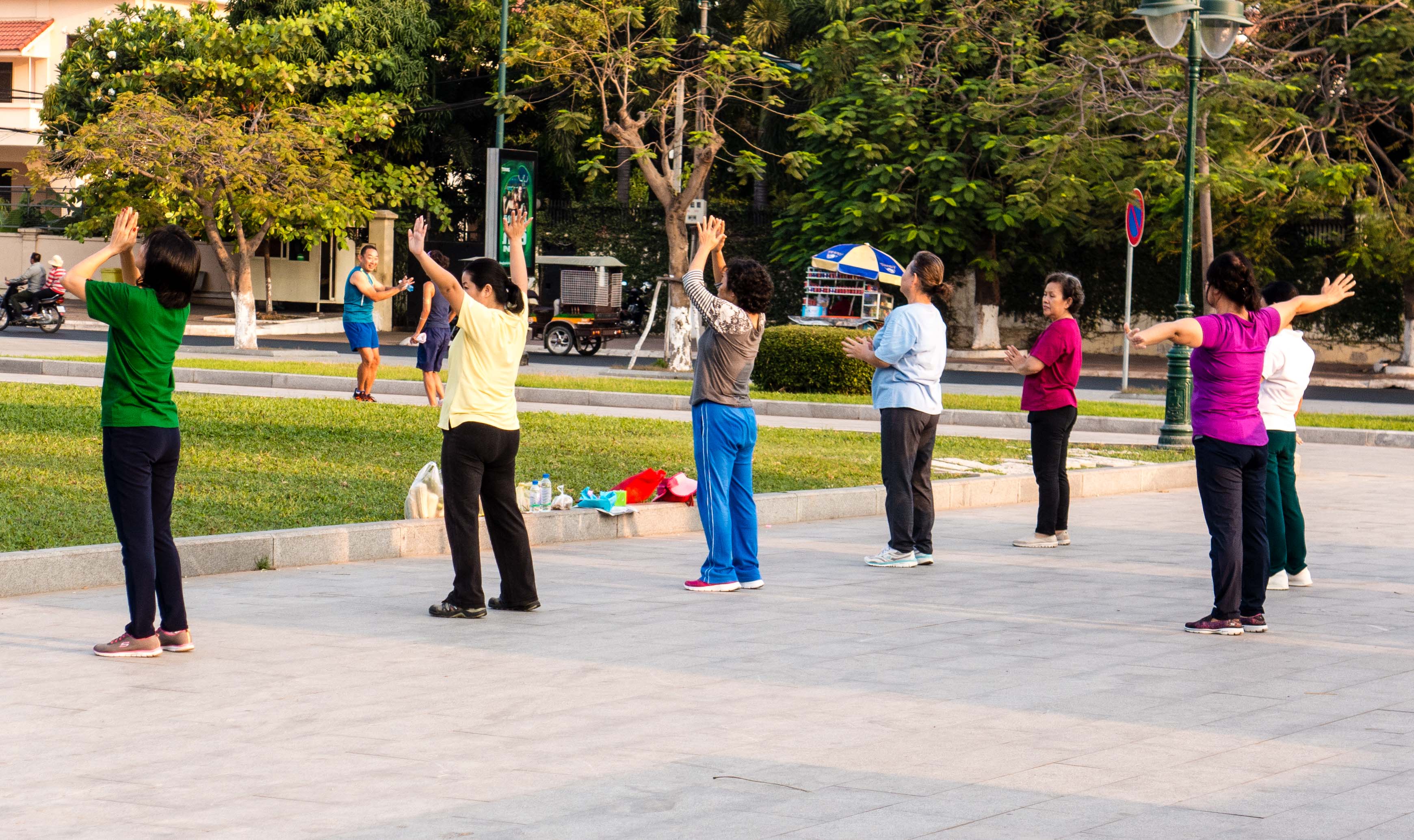
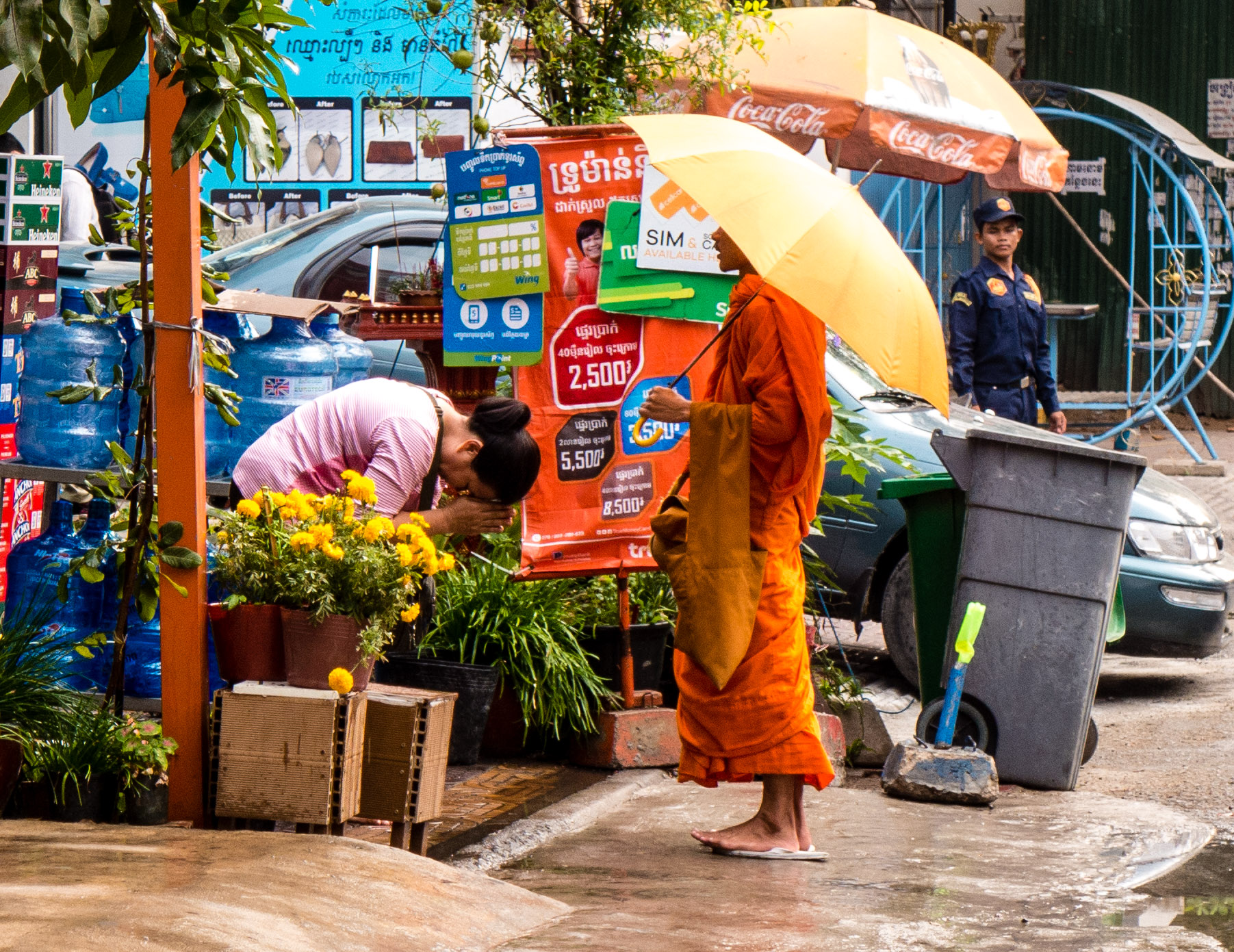
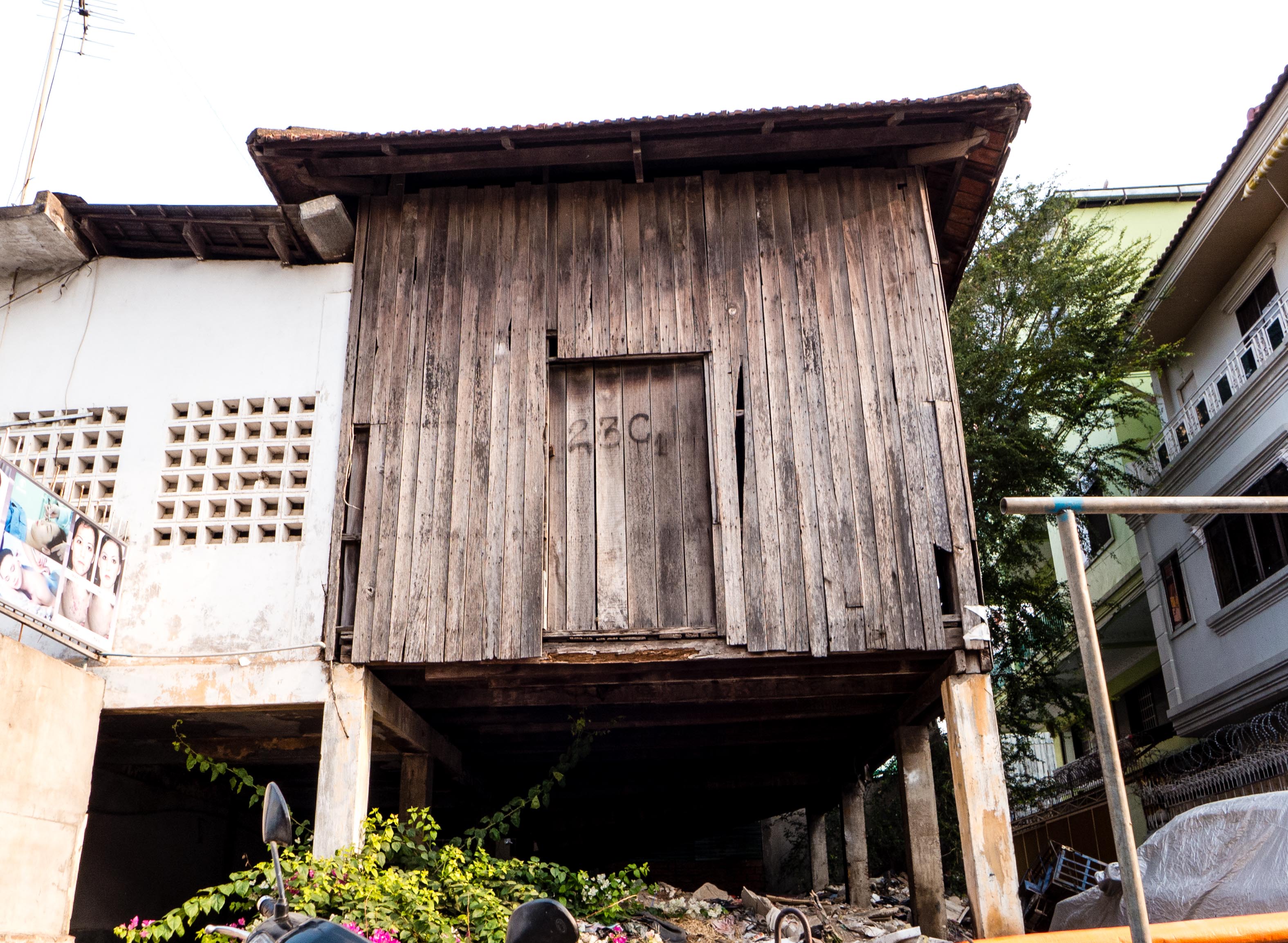
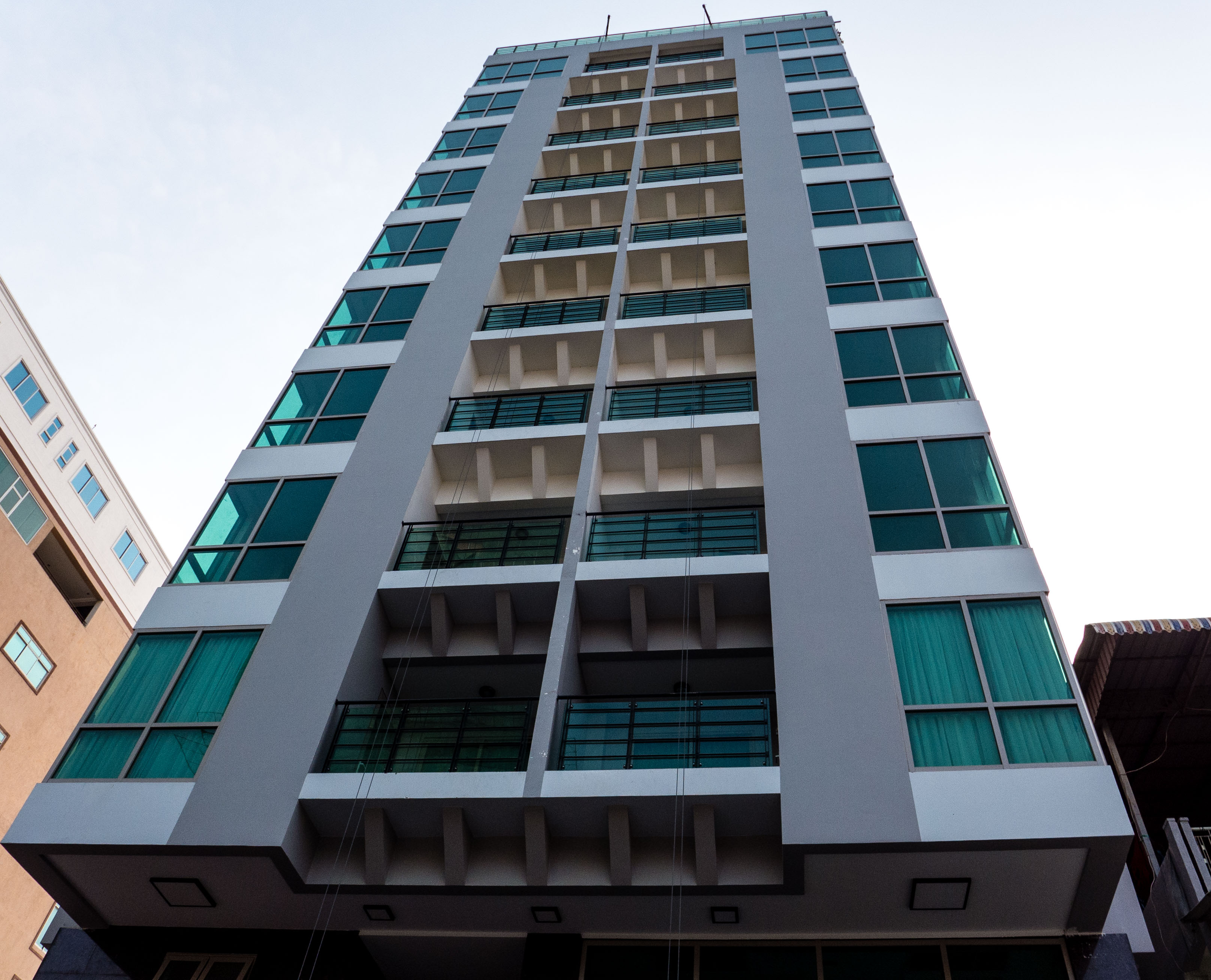
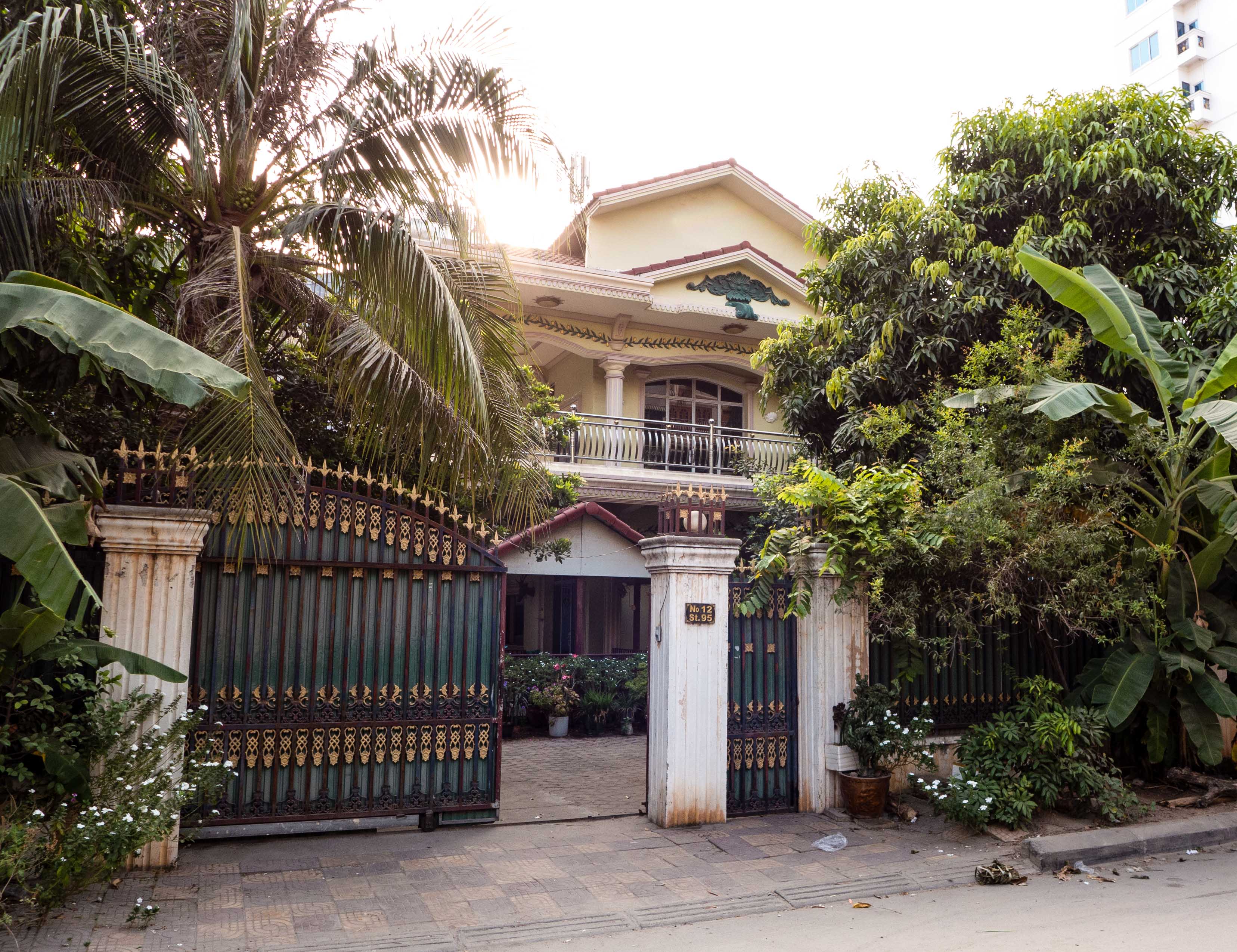
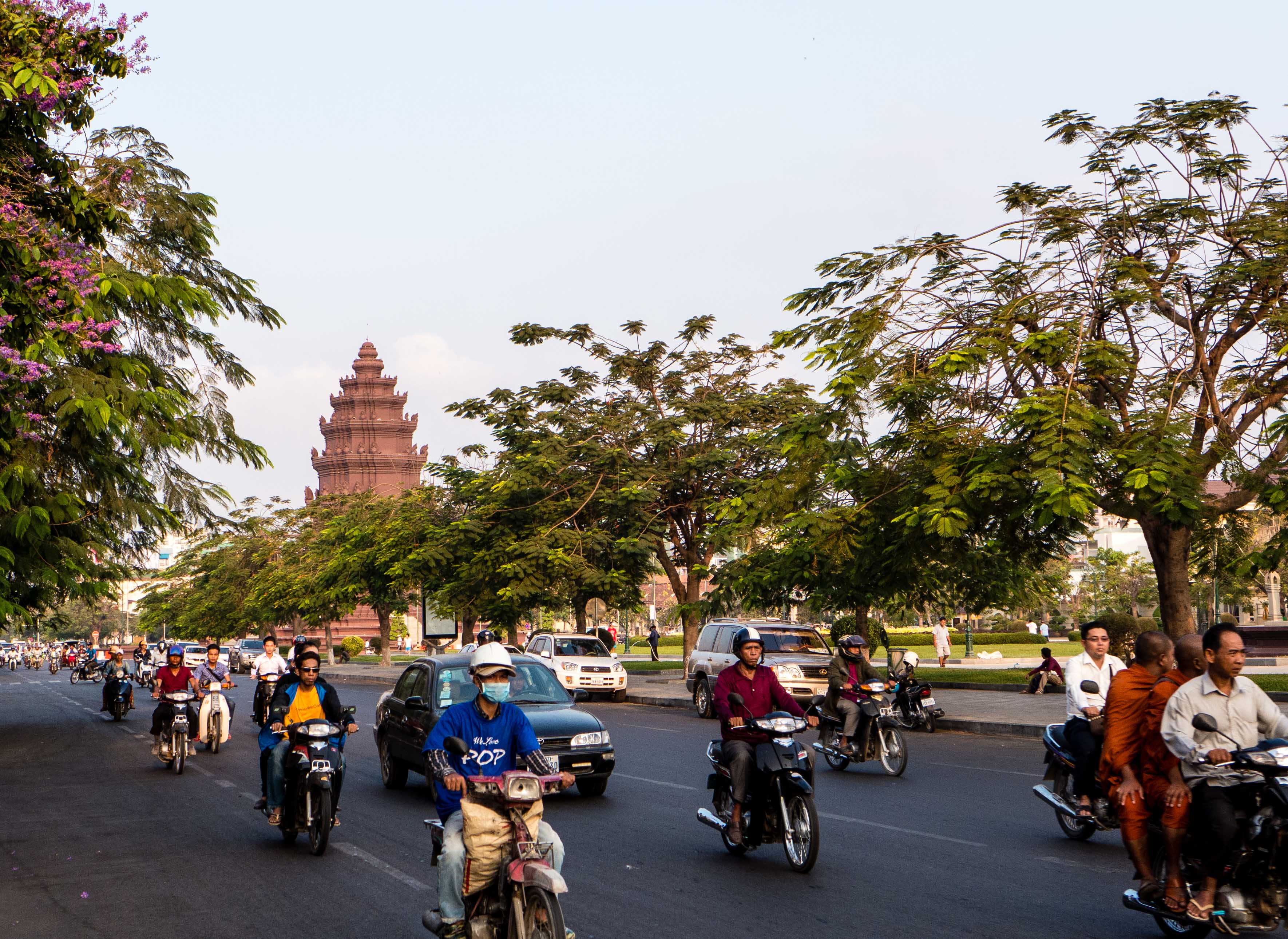
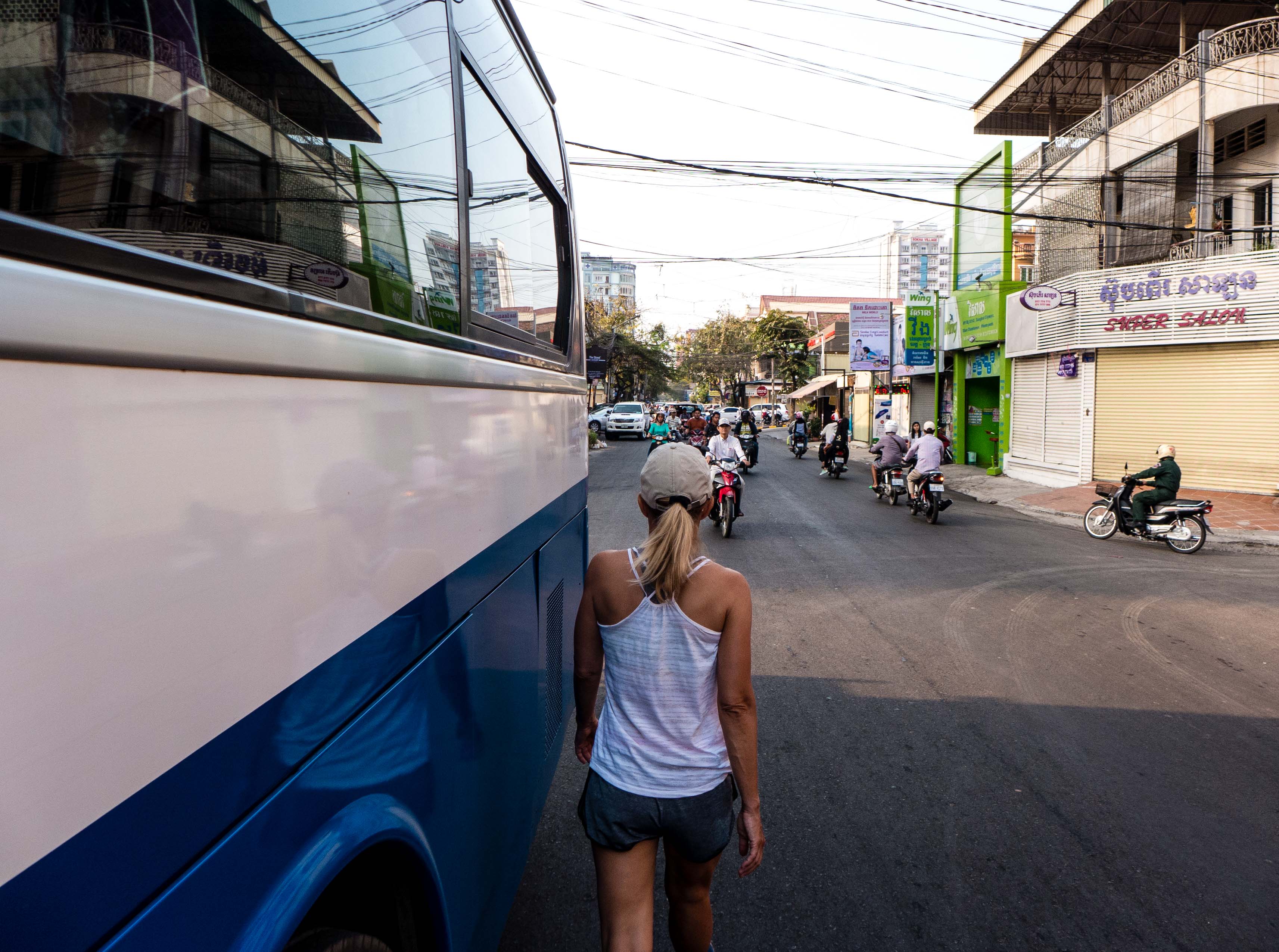
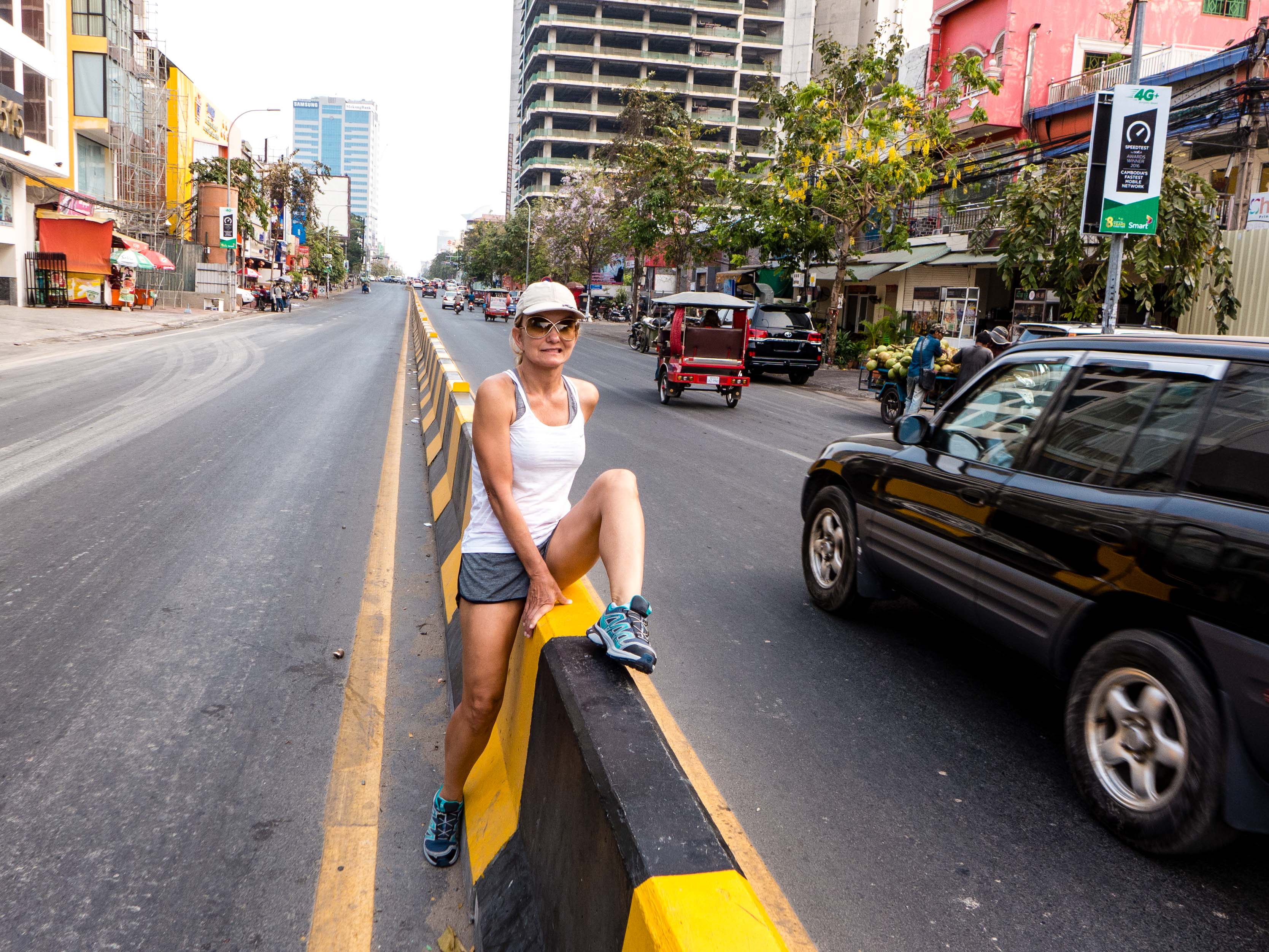
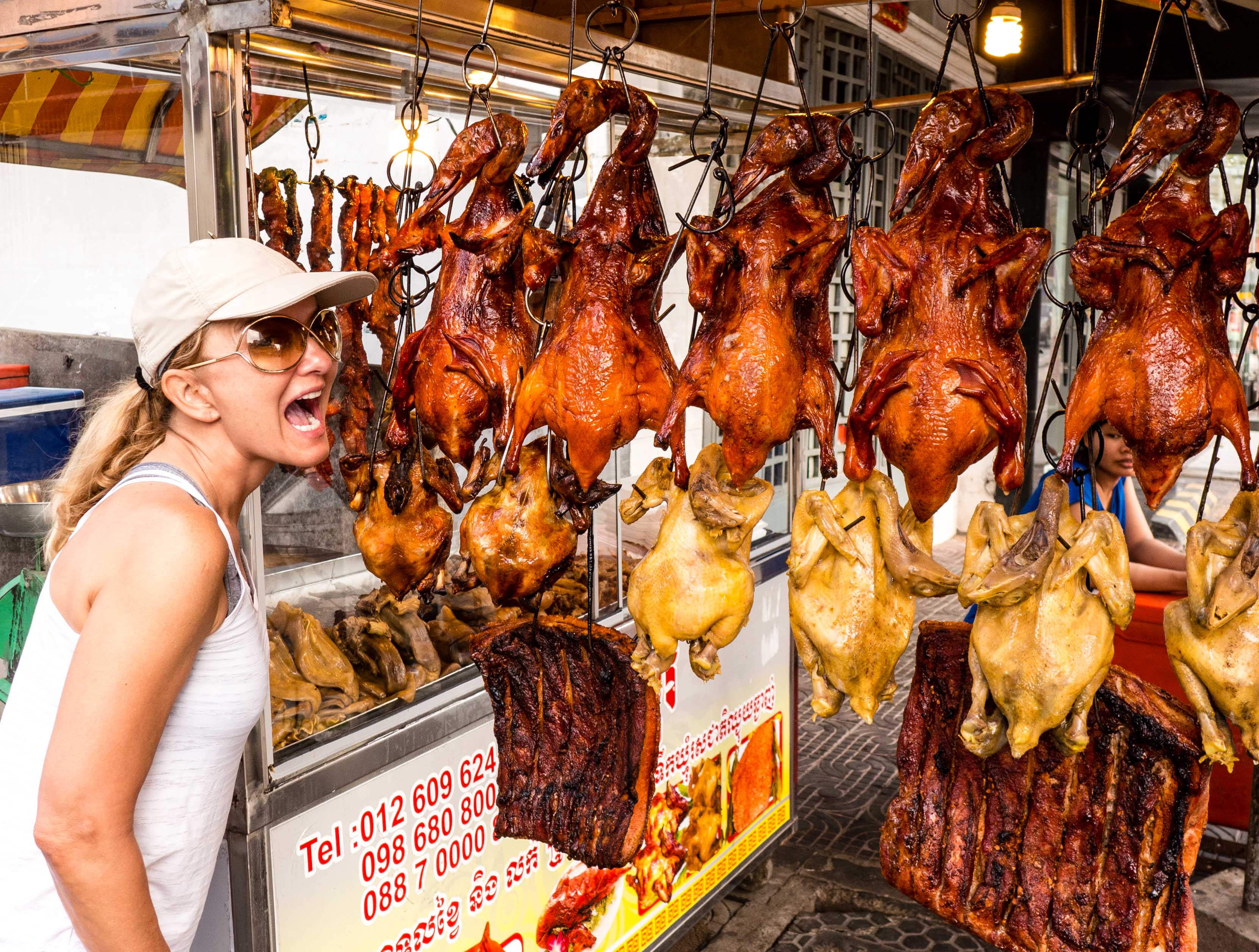

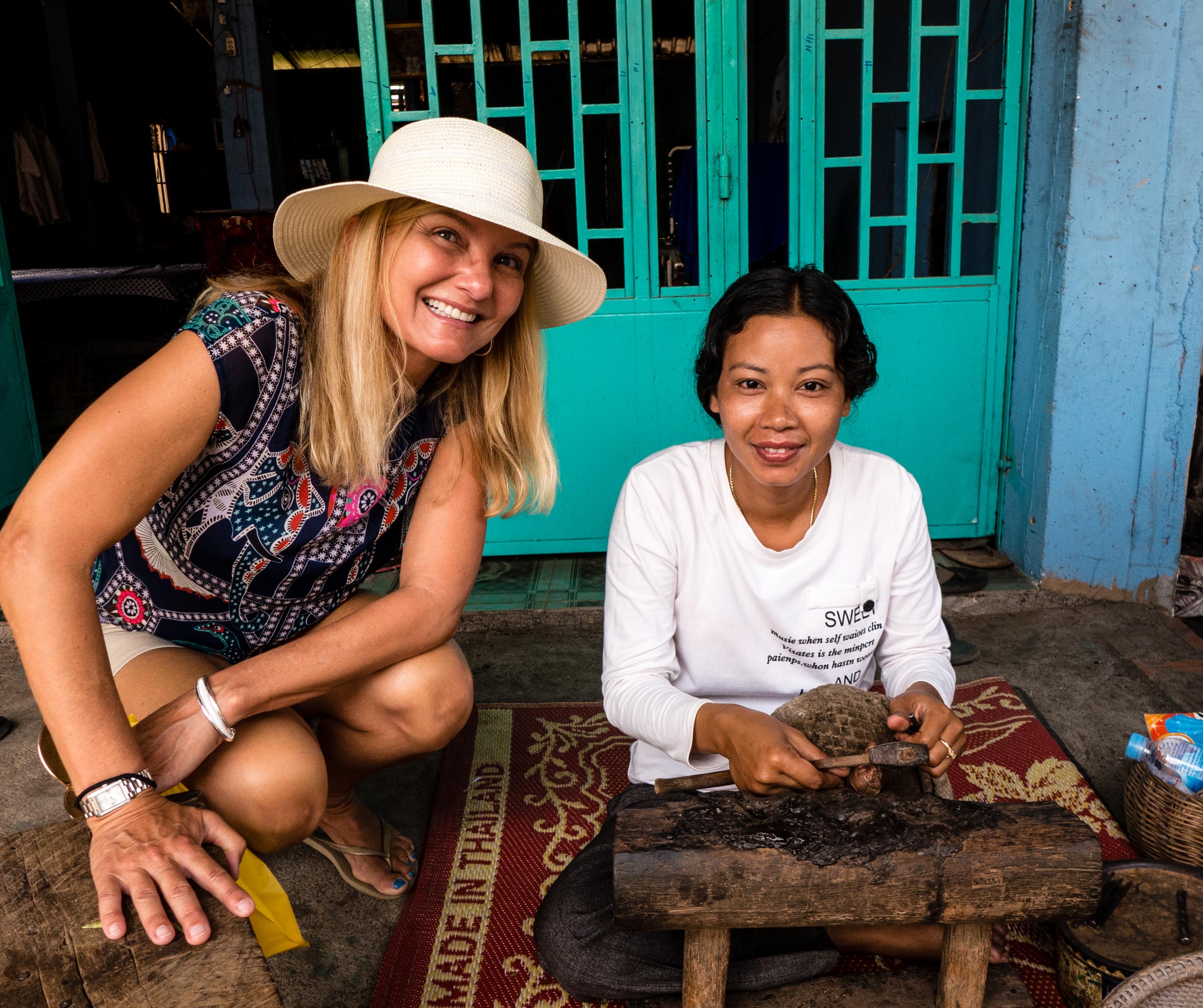
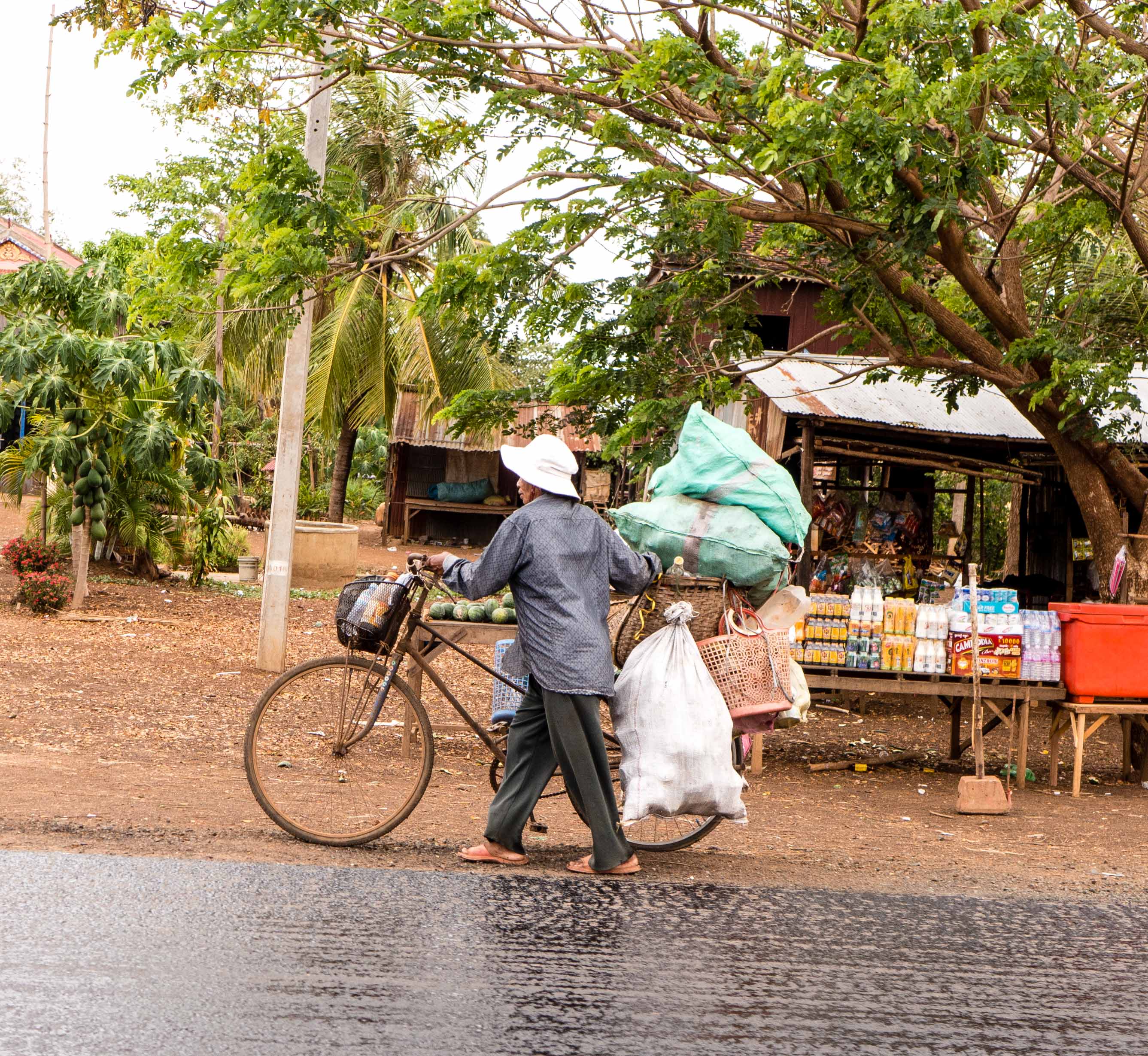
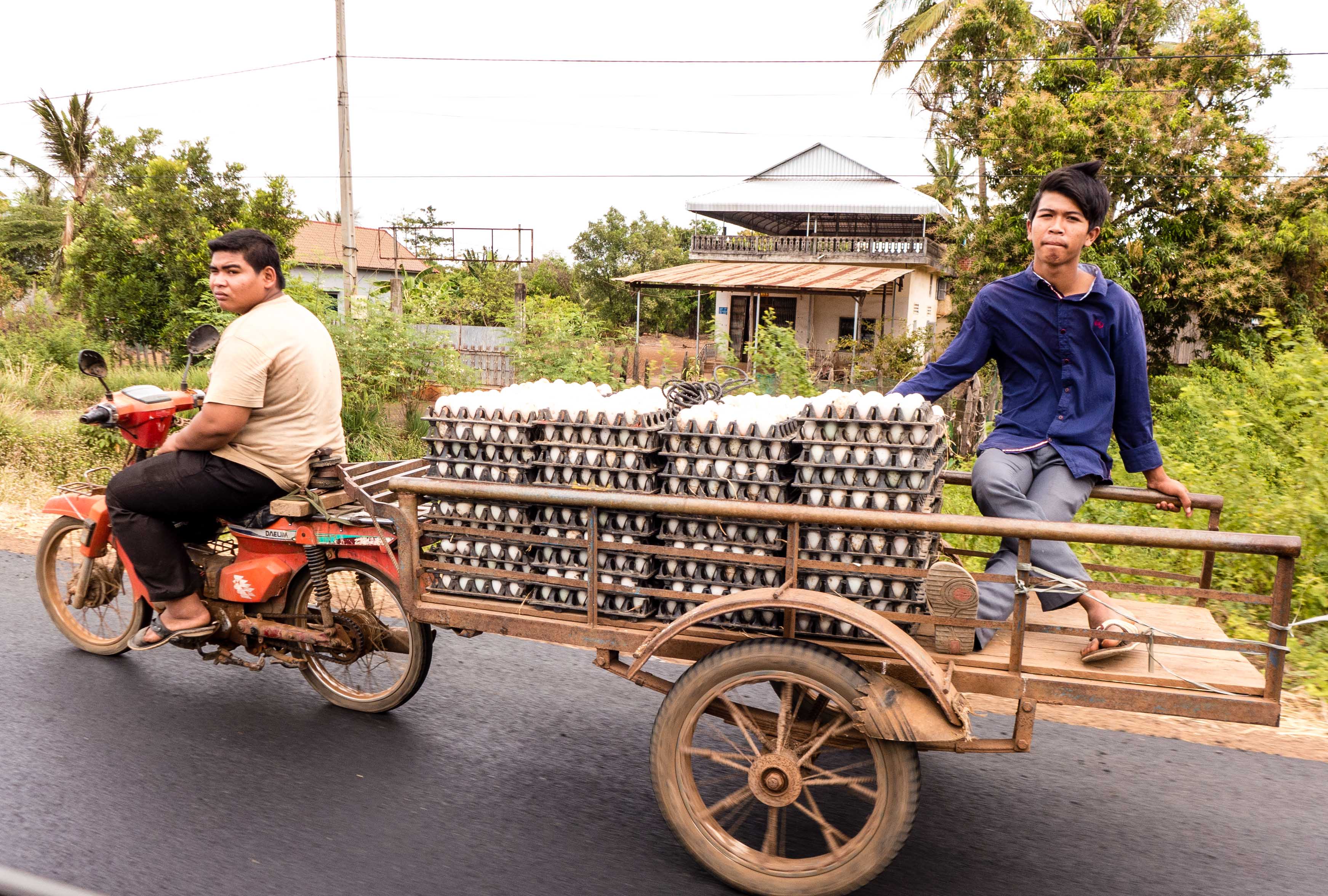
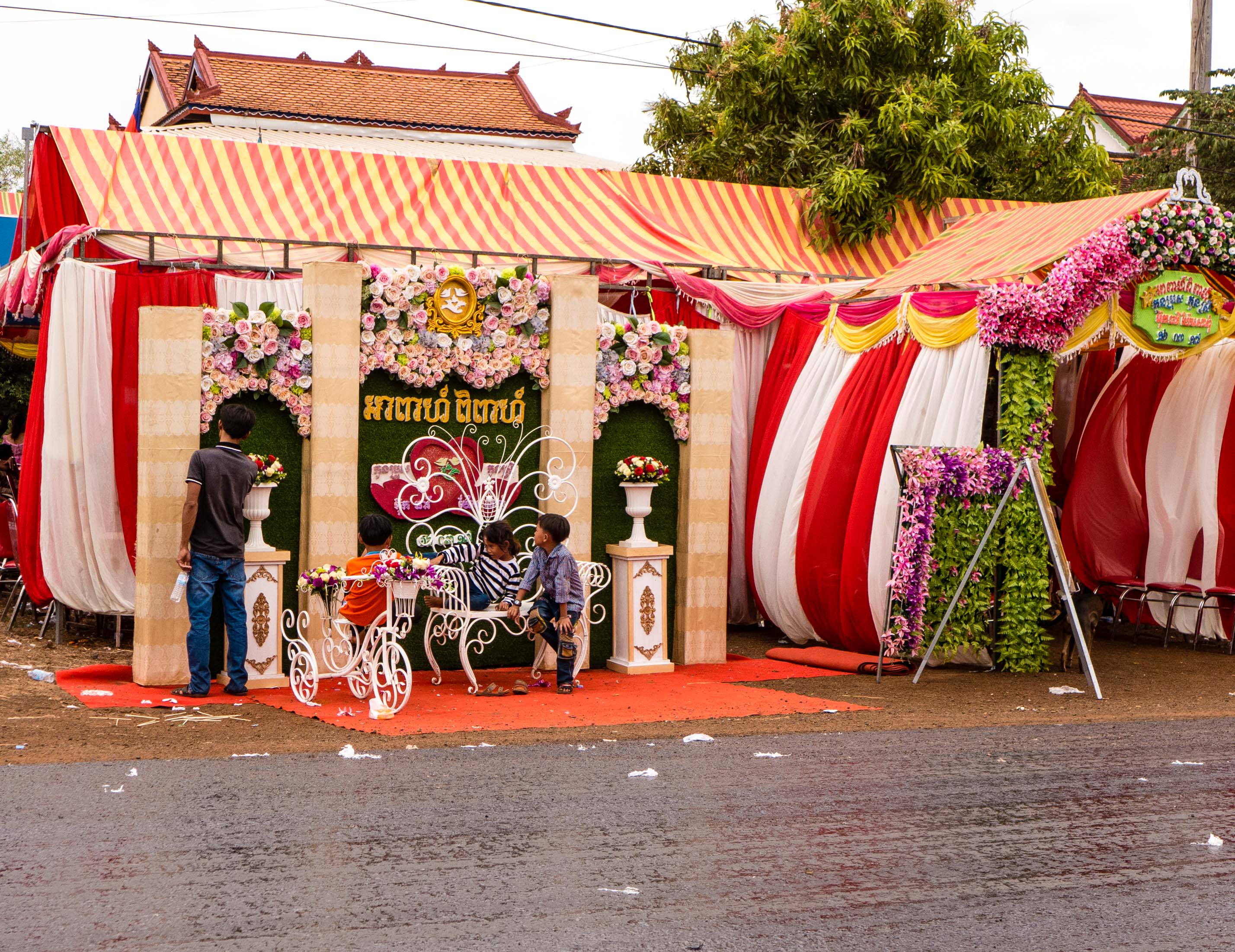
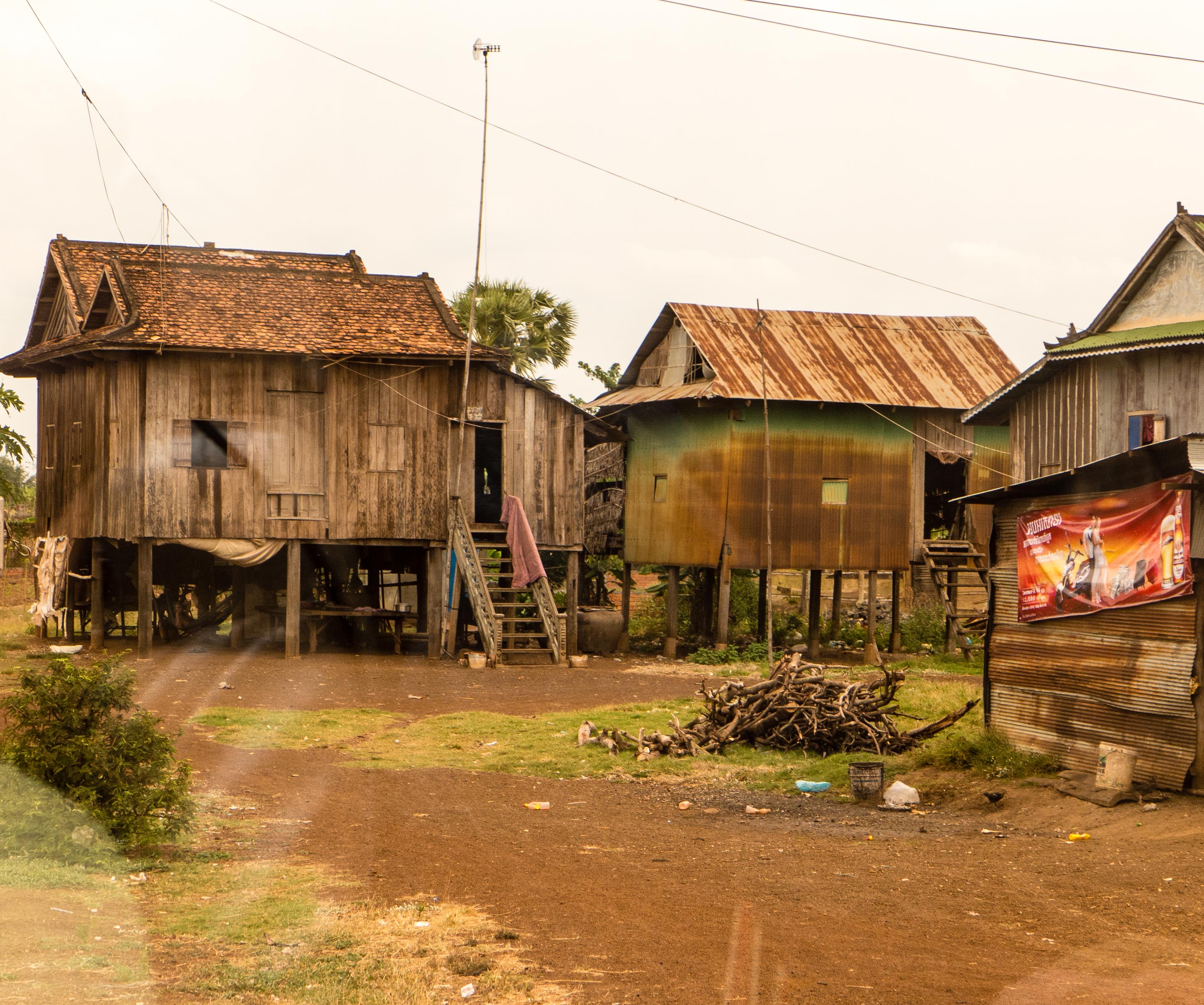
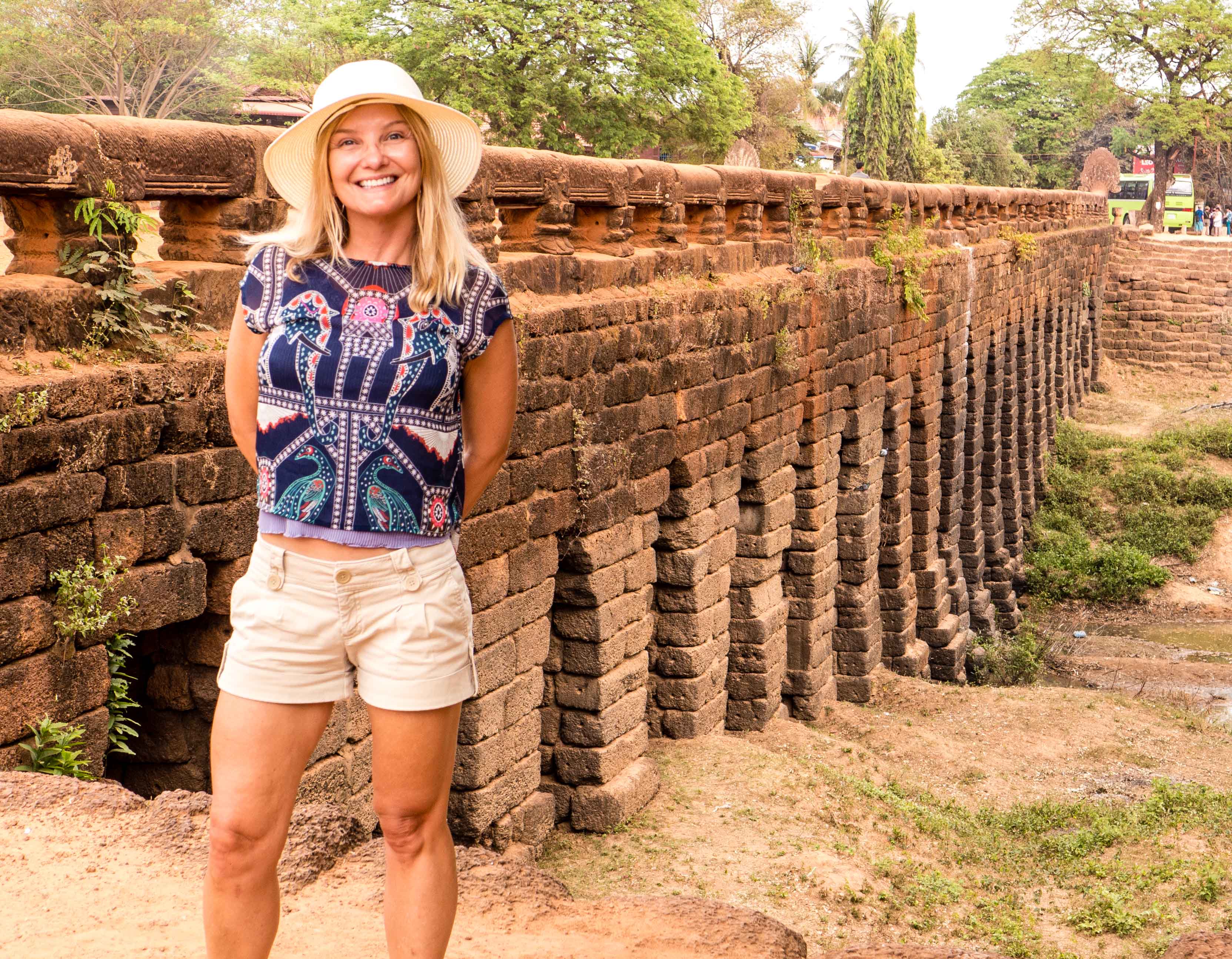
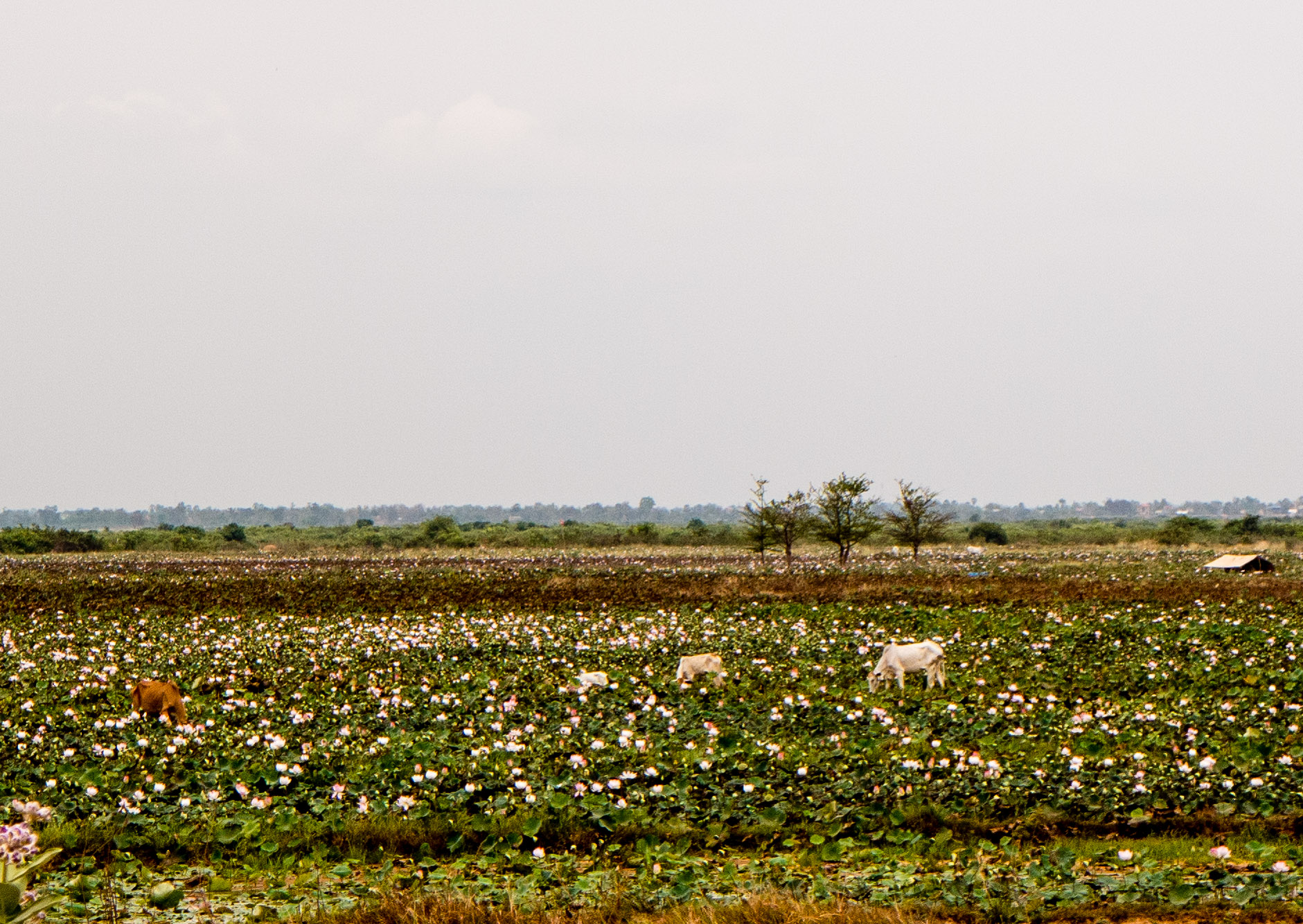
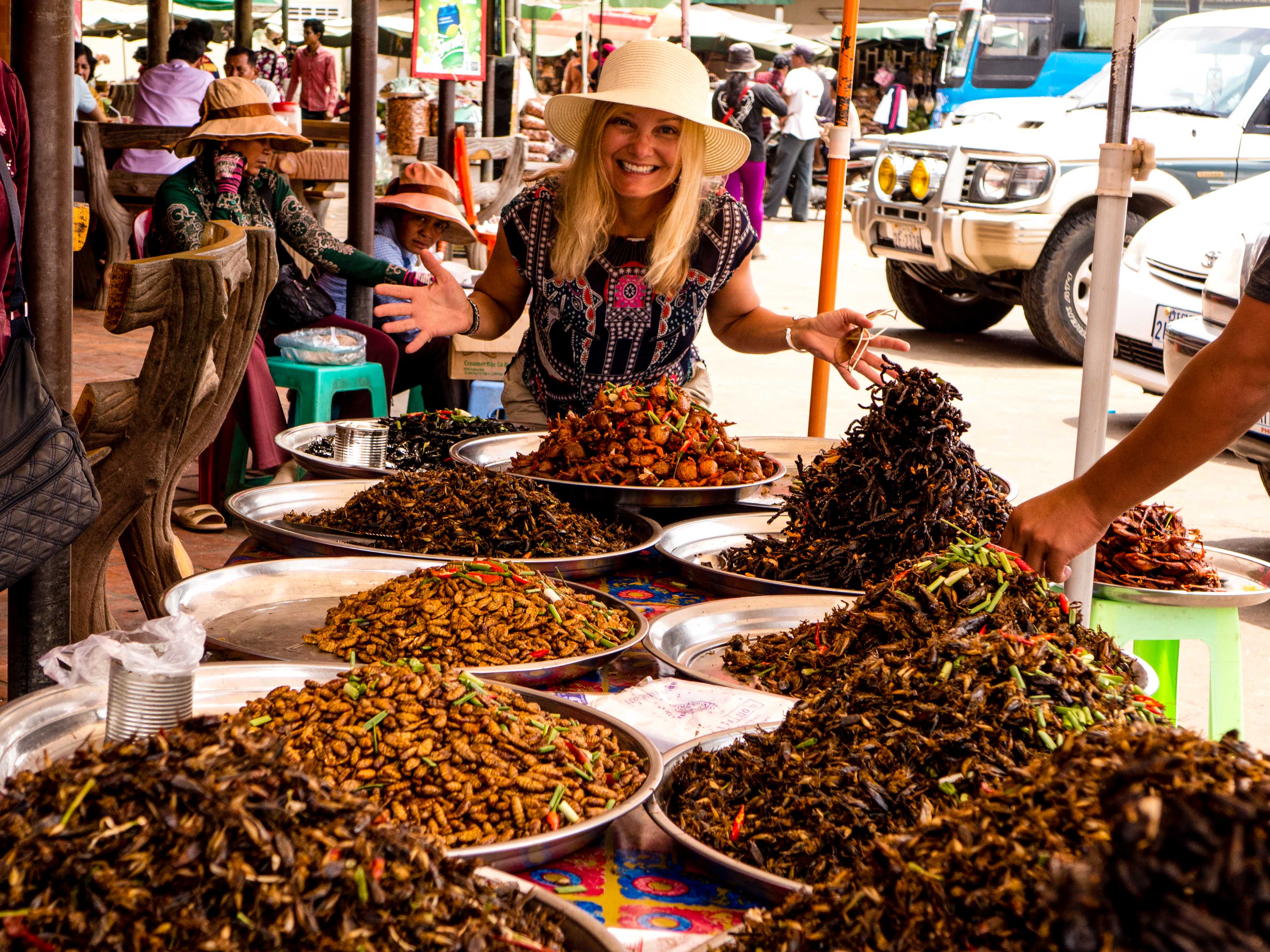
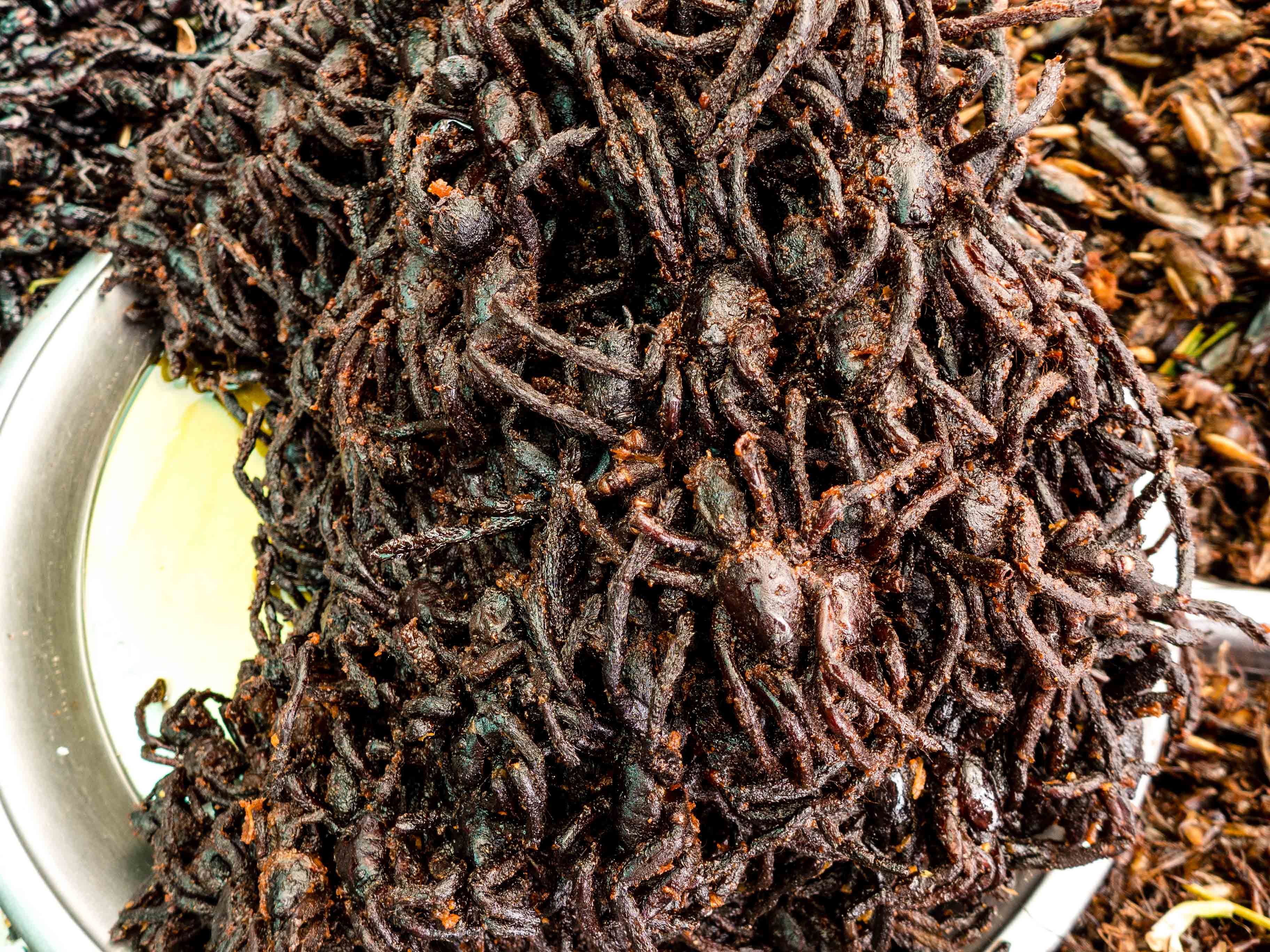
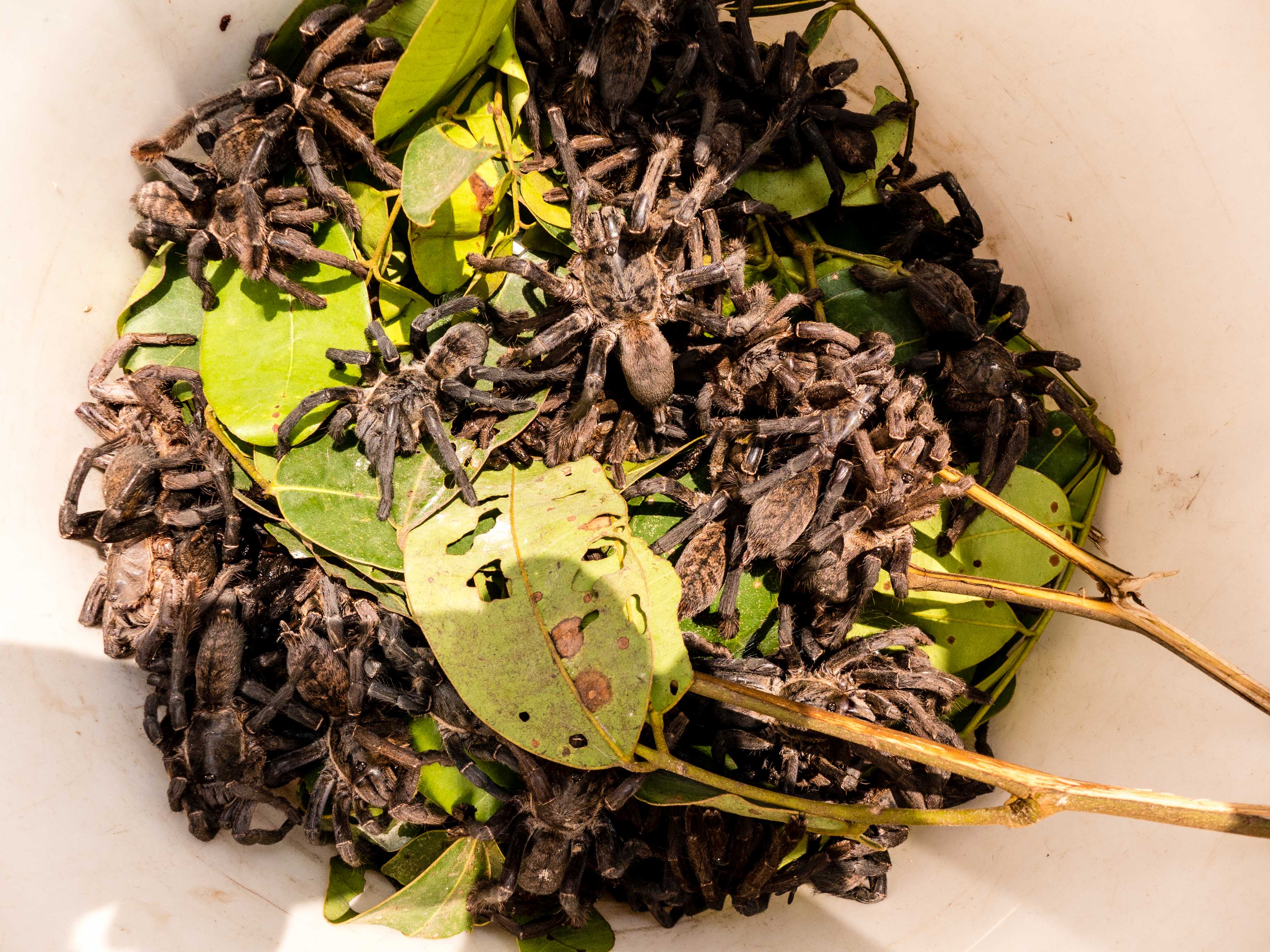
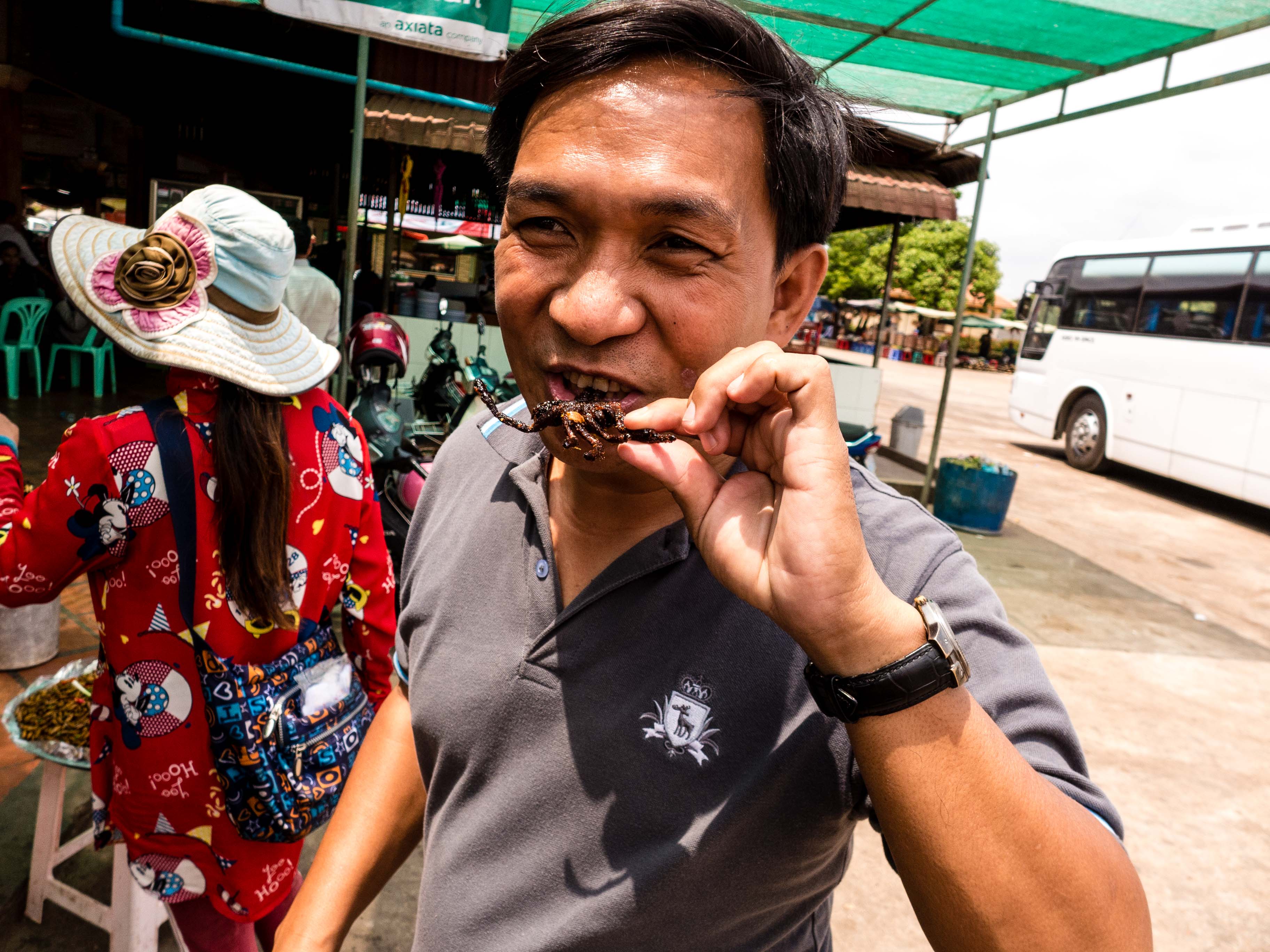
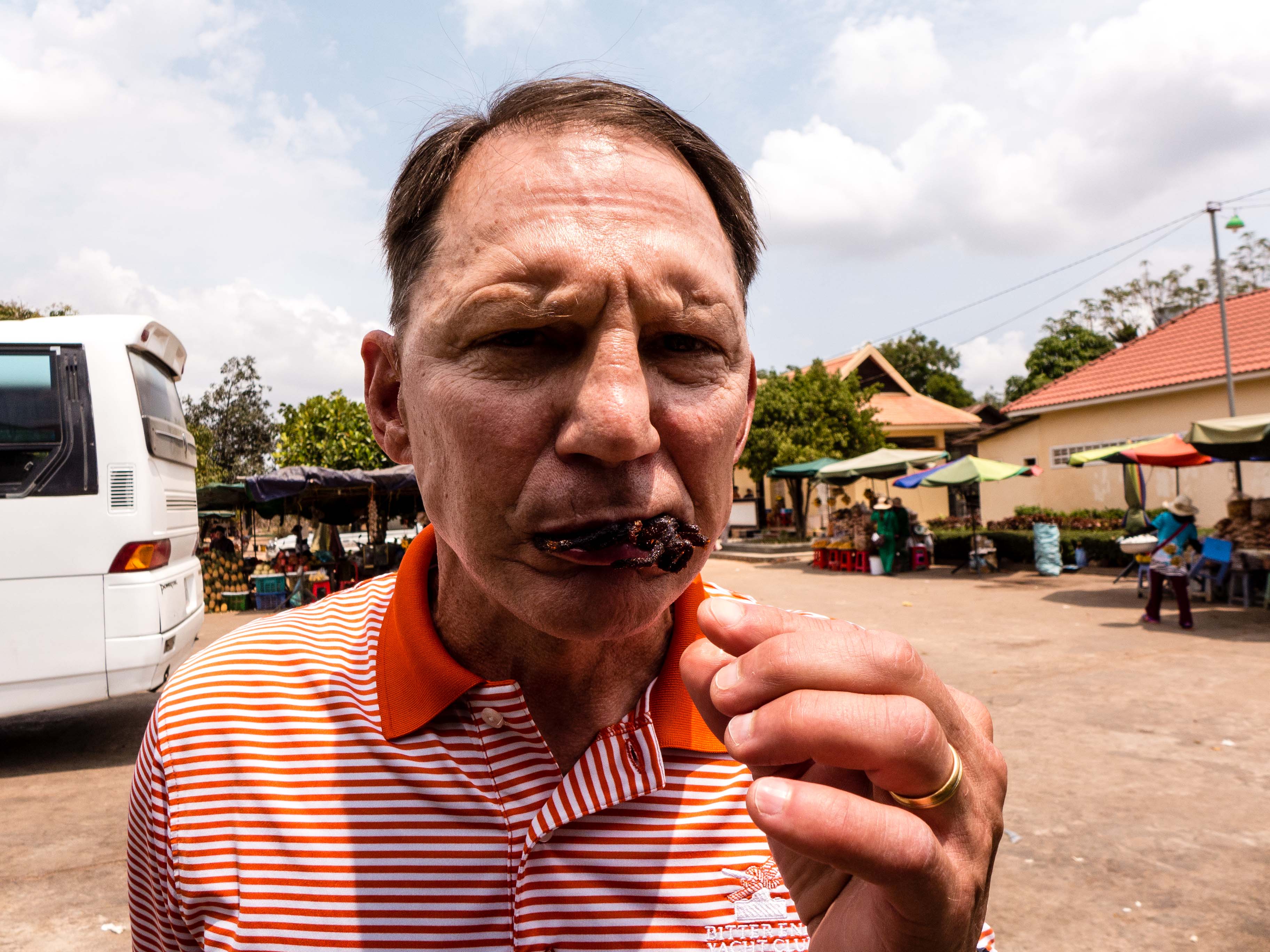
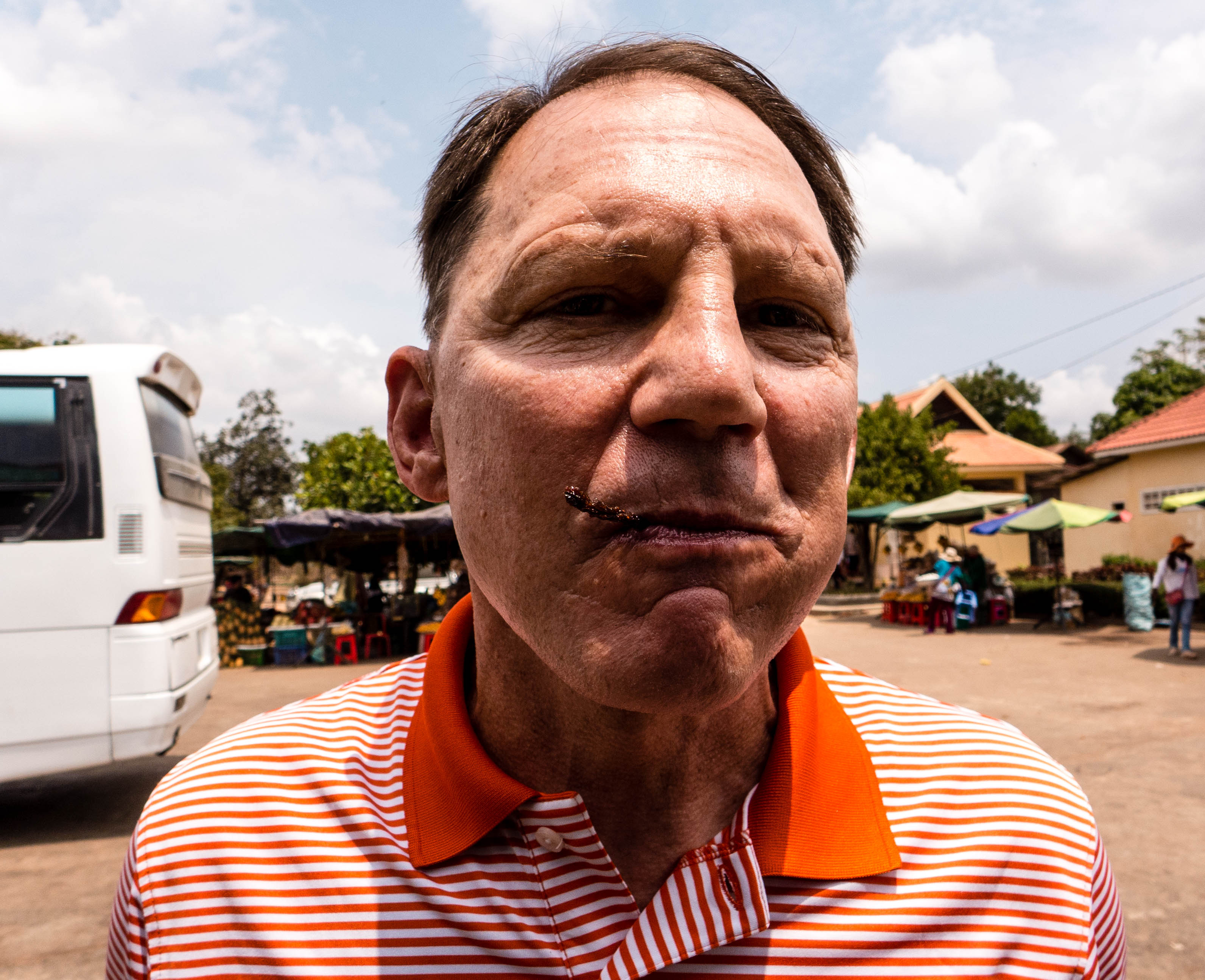

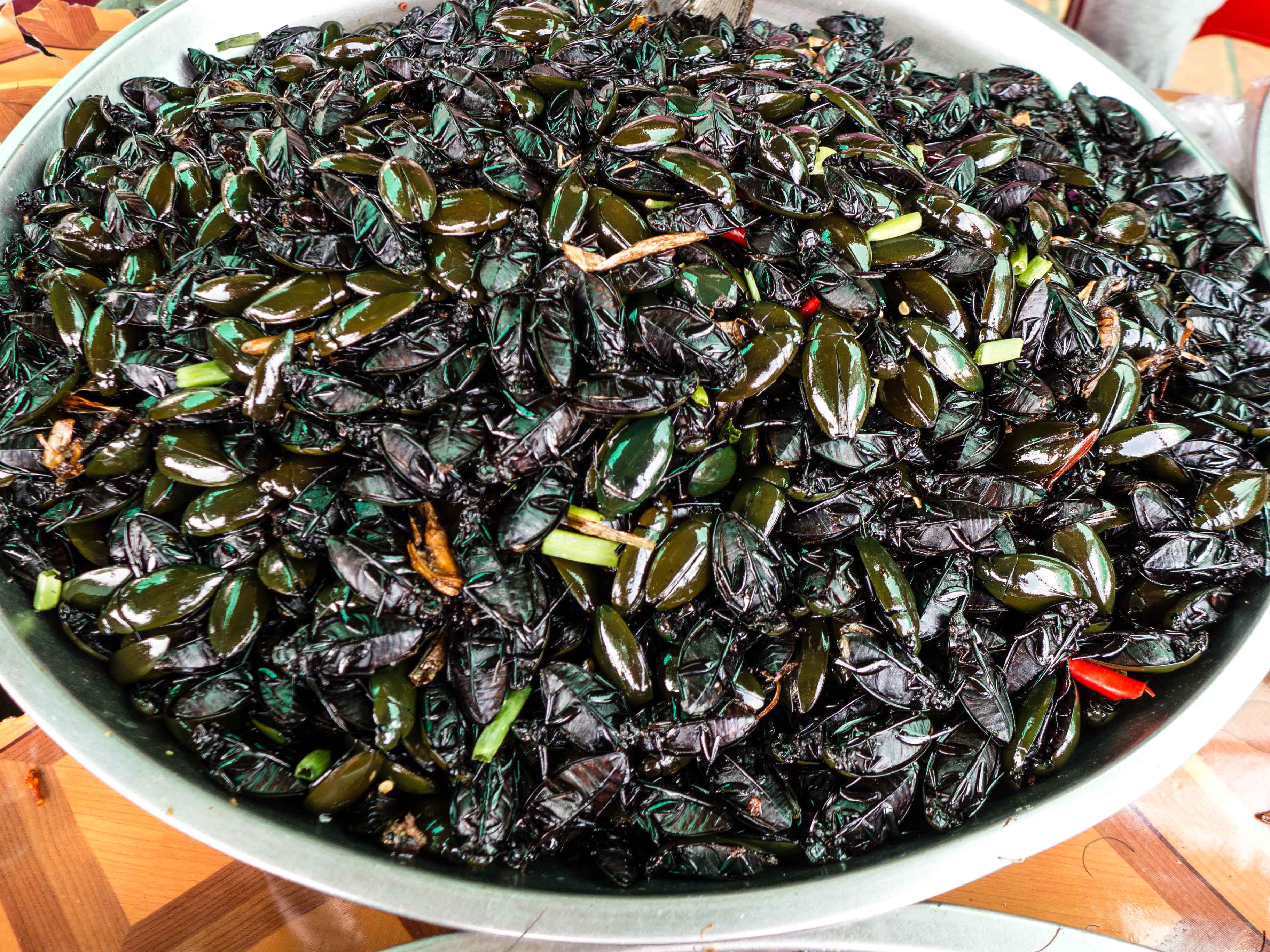
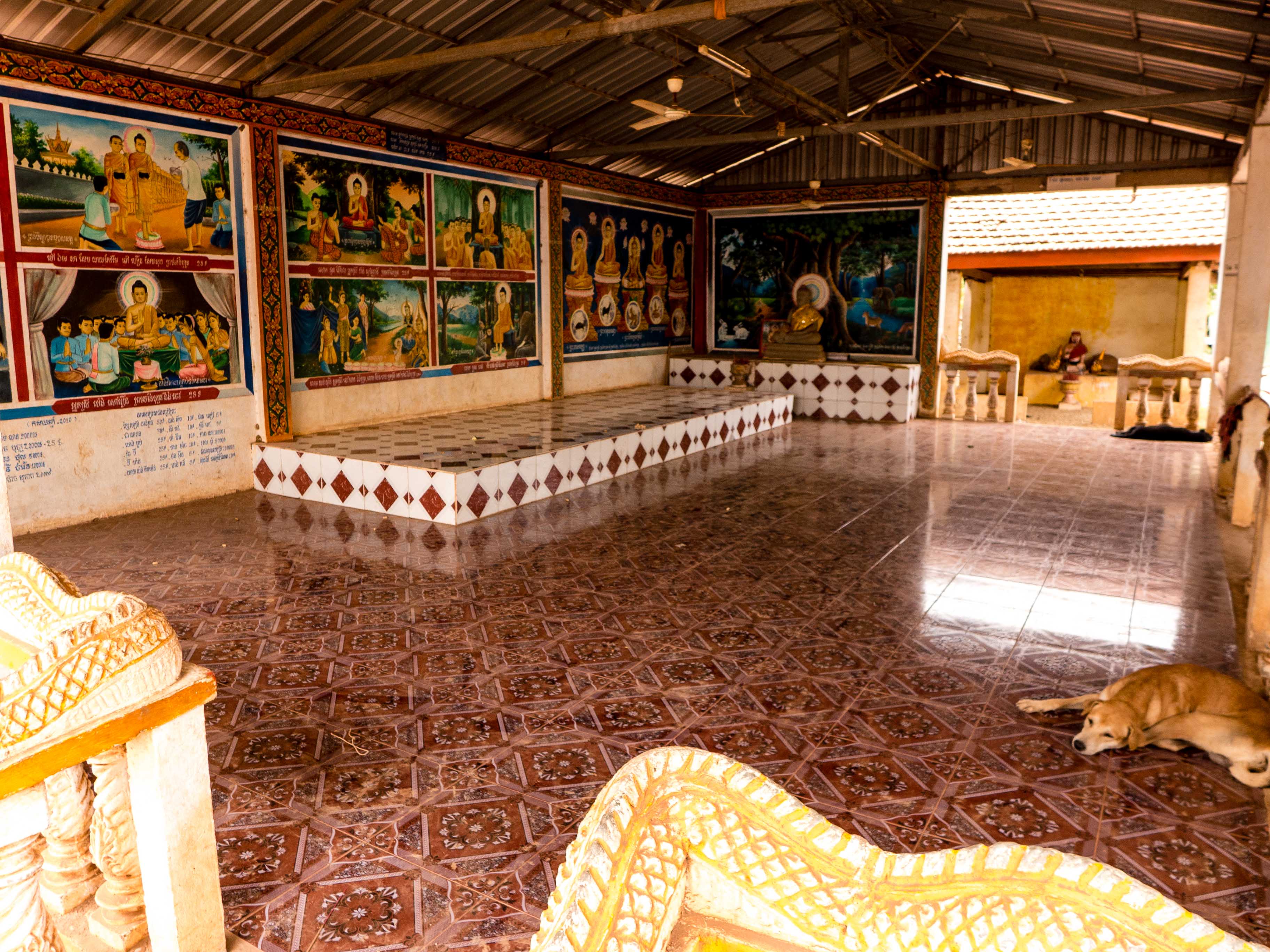
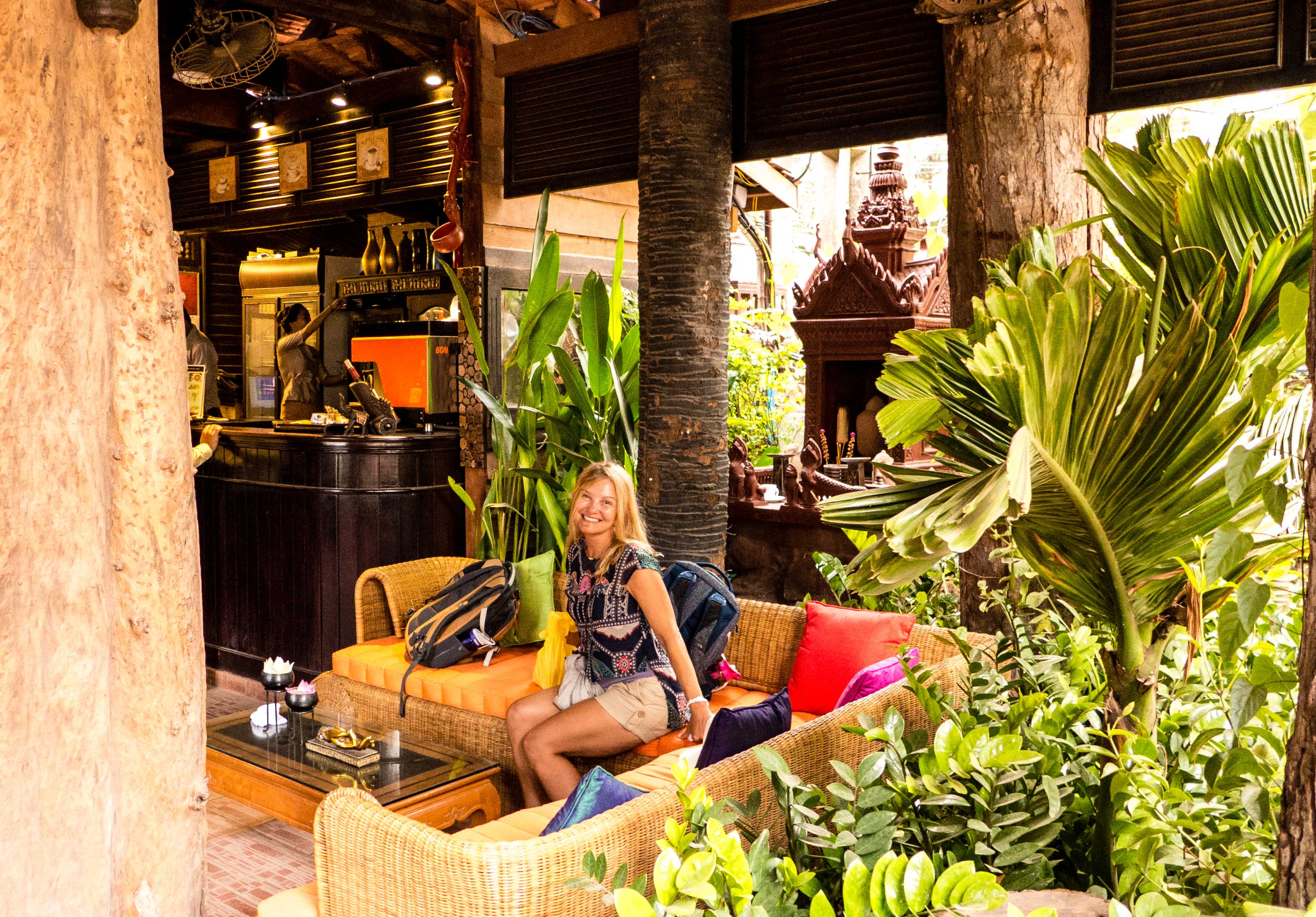

Hard to wrap your brain around such horrors.